From the Principal
Diana Ellis

From the Principal
Diana Ellis
Our Memorial Garden
This week our commemorative garden has been coming along with the installation of our memorial seats. This project is very dear to me and one I have been planning behind the scenes for quite some time. Knowing that it will be close to complete before I leave and more importantly before ANZAC Day, means the world to me.
Already the new seats have initiated much discussion the about their symbolism, particularly the red and purple poppies.
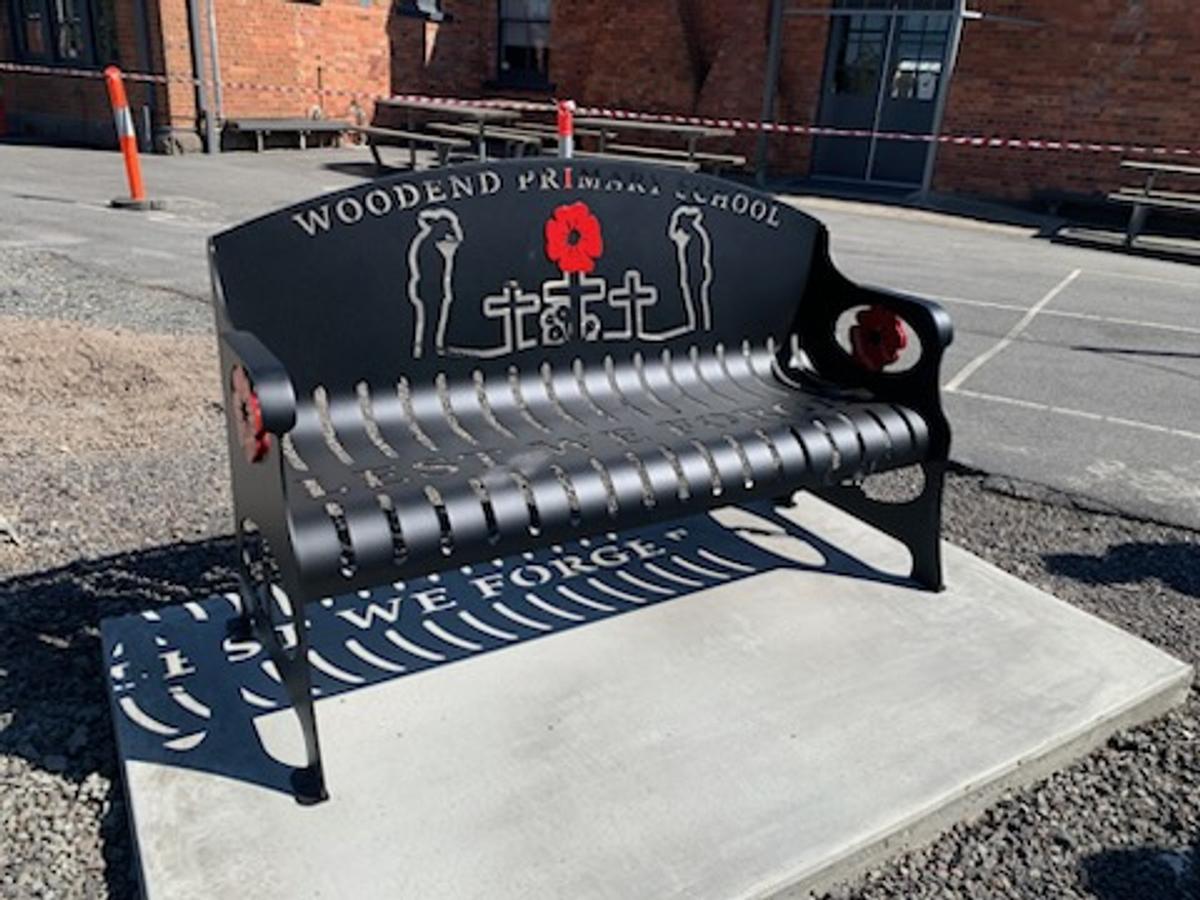
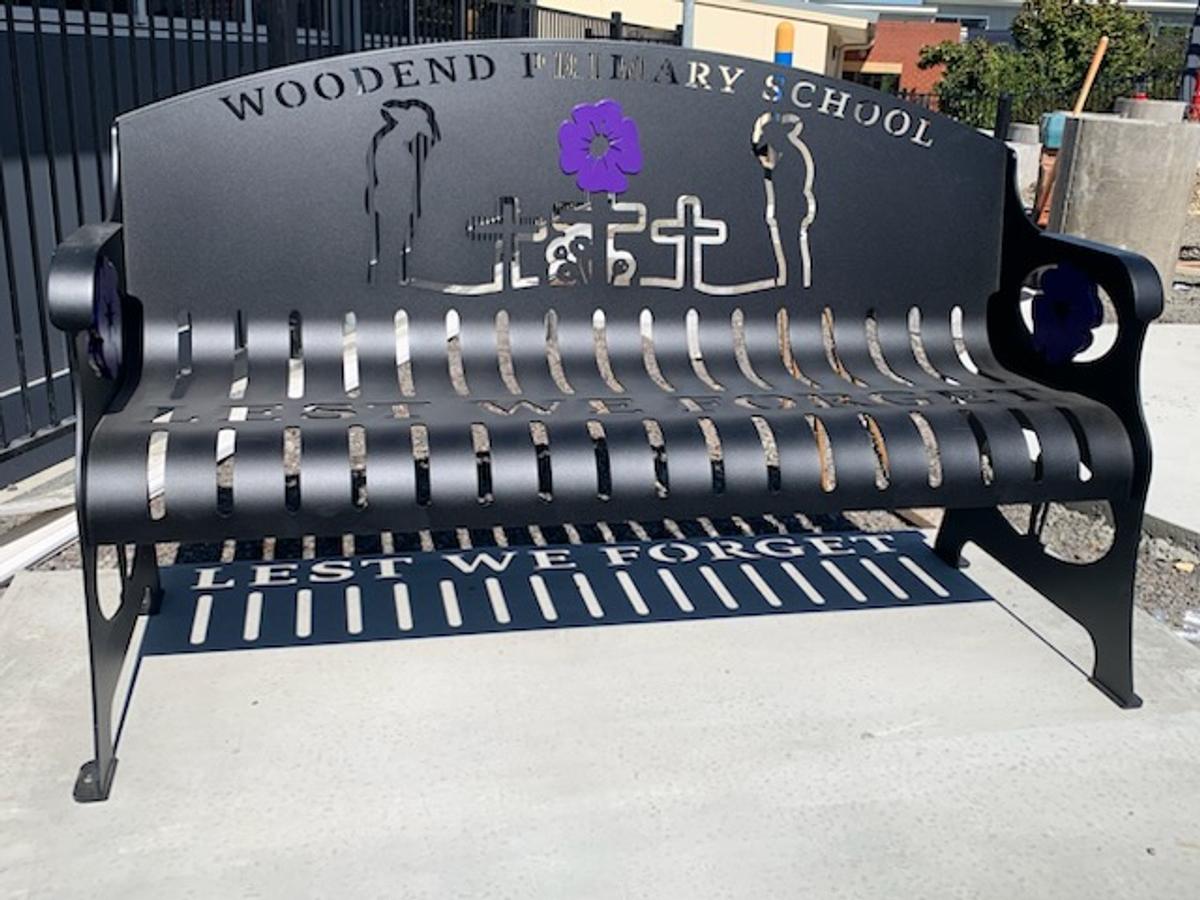
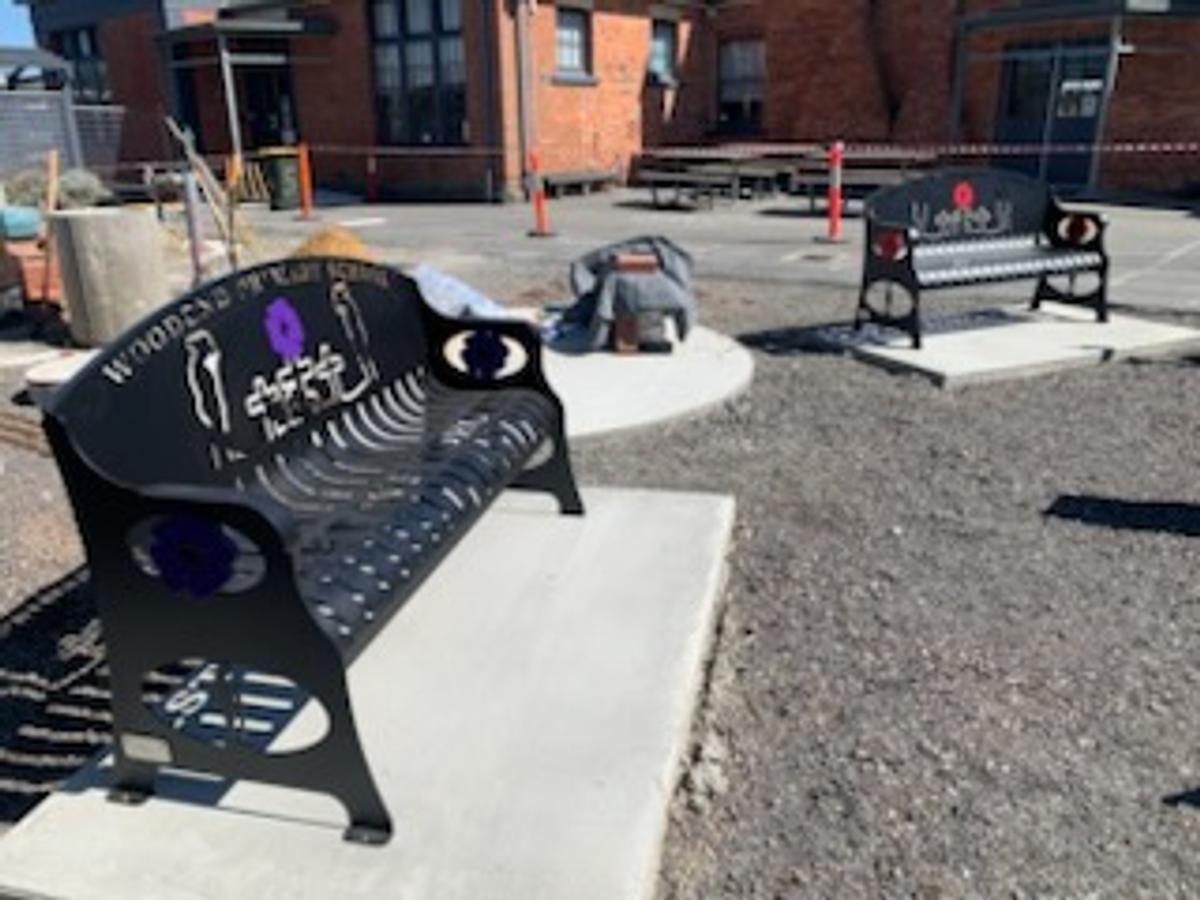



Below, I have added some information from the Australian War Memorial
The red poppy
The red poppy is a symbol of remembrance of those who died or suffered in wars, conflicts and peacekeeping operations.
In Australia and other countries of the Commonwealth, we recognise the red poppy as the commemorative flower of remembrance. The flower reminds us of those who lost their lives or suffered in wars, conflicts and peacekeeping operations. It's a tradition that began in the early 1900s, after World War I.
The red poppy has special significance for Australians as they were among the first to flower in the devastated battlefields of northern France and Belgium in the First World War. In soldiers’ folklore, the vivid red of the poppy came from the blood of their comrades soaking the ground. During World War I, at the second battle of Ypres in 1915, red poppies were among the first plants to grow on the Western Front in Europe. They bloomed across the wasted battlefields of northern France and Belgium.
Red poppies as a symbol of commemoration in Australia. Australians wear red poppies for three reasons:
In Australia, we recognise red poppies as the flower of remembrance. Traditionally, they are:
worn on clothing for commemorative services
placed beside names on honour boards and rolls
woven into wreaths on special days of commemoration
The poppy gave Canadian medic, Lieutenant-Colonel John McCrae, the inspiration for his poem, In Flanders Fields. McCrae wrote the poem while serving outside Ypres, Belgium, in 1915 describing the red poppy, the Flanders’ poppy, as the flower of remembrance. when in charge of a small first-aid post, McCrae wrote a poem that has come to be known as 'In Flanders Fields'. The poem described the poppies that marked the graves of soldiers killed fighting for their country.
In Flanders Fields, by John McCrae
In Flanders fields the poppies blow
Between the crosses, row on row,
That mark our place; and in the sky
The larks, still bravely singing, fly
Scarce heard amid the guns below.
We are the Dead. Short days ago
We lived, felt dawn, saw sunset glow,
Loved and were loved, and now we lie
In Flanders fields.
Take up our quarrel with the foe:
To you from failing hands we throw
The torch; be yours to hold it high.
If ye break faith with us who die
We shall not sleep, though poppies grow
In Flanders fields.
In 1918, American academic and teacher Moïna Michael was inspired to write a poem after reading McCrae's In Flanders Fields. Michael's poem is called We Shall Keep the Faith. She is known as the first person to wear a red poppy as a personal commemoration. She also encouraged the sale of poppies to raise money for veterans. This gave rise to the poppy becoming a symbol of remembrance around the world.
Below I have attached some links to online books for children about Anzac Day and a number of books that are available form our library and the Woodend Library.
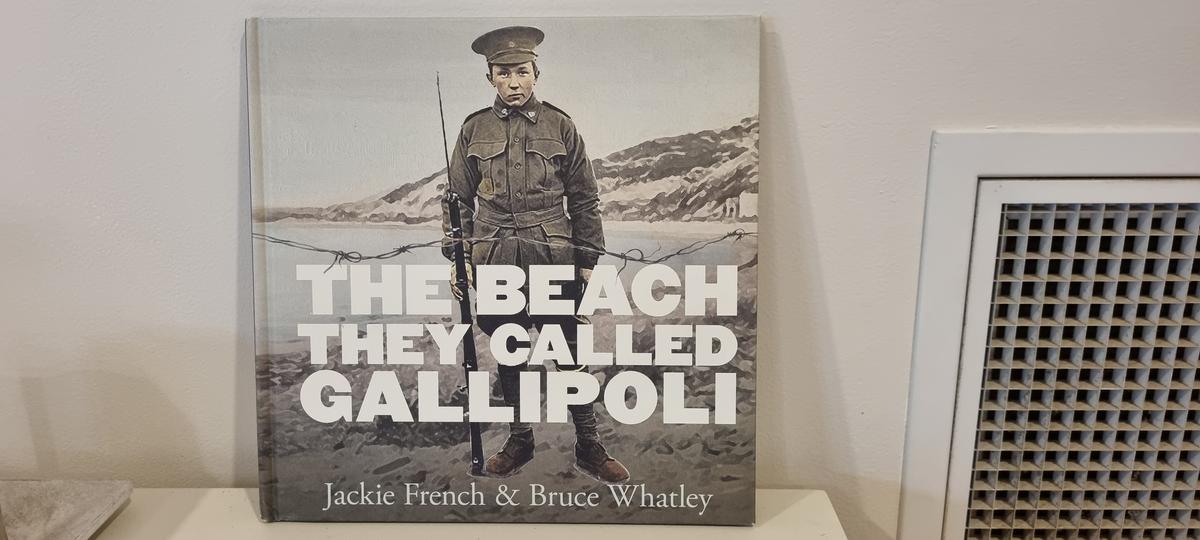
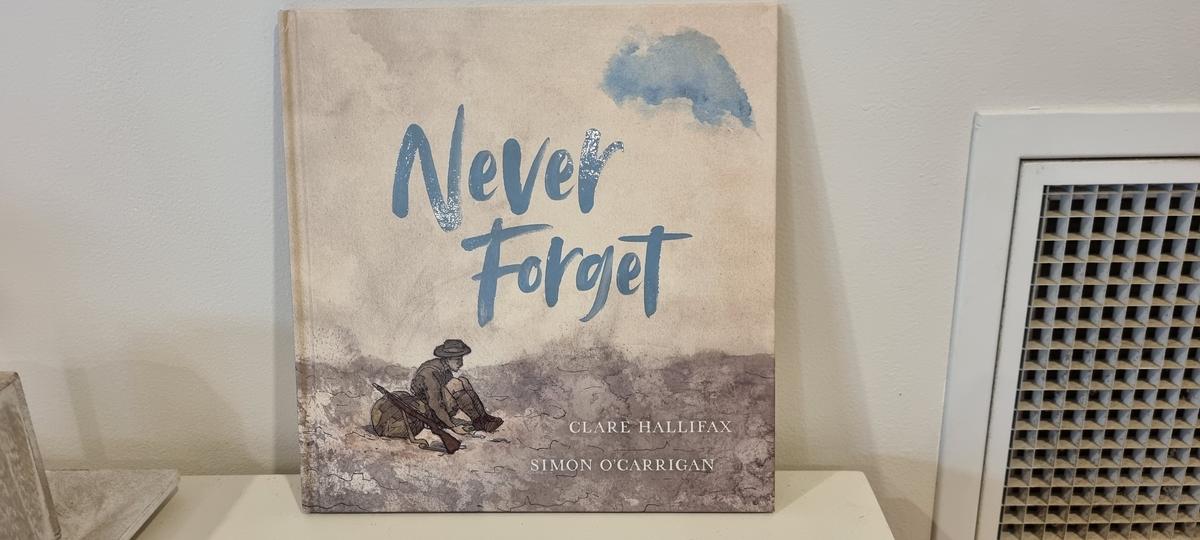
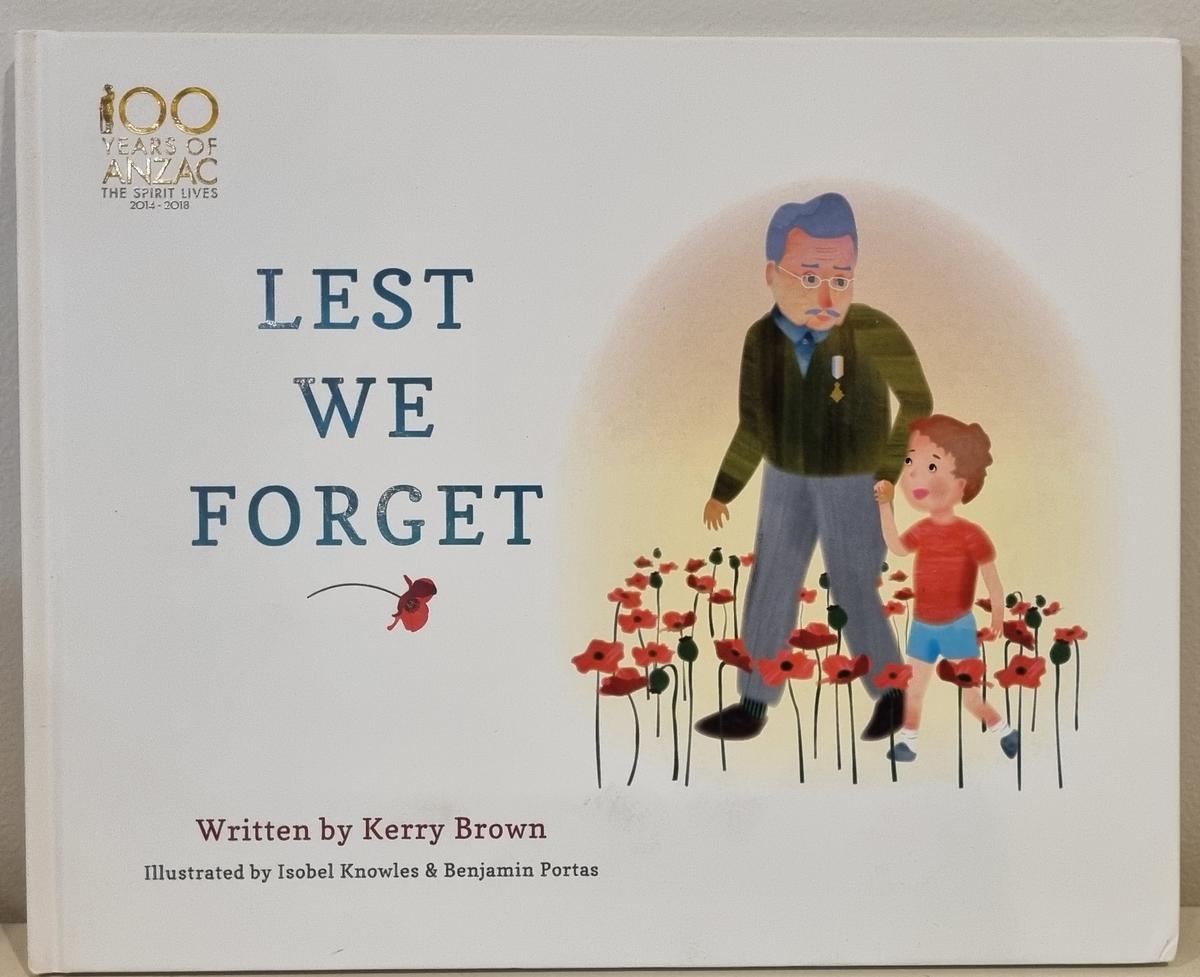
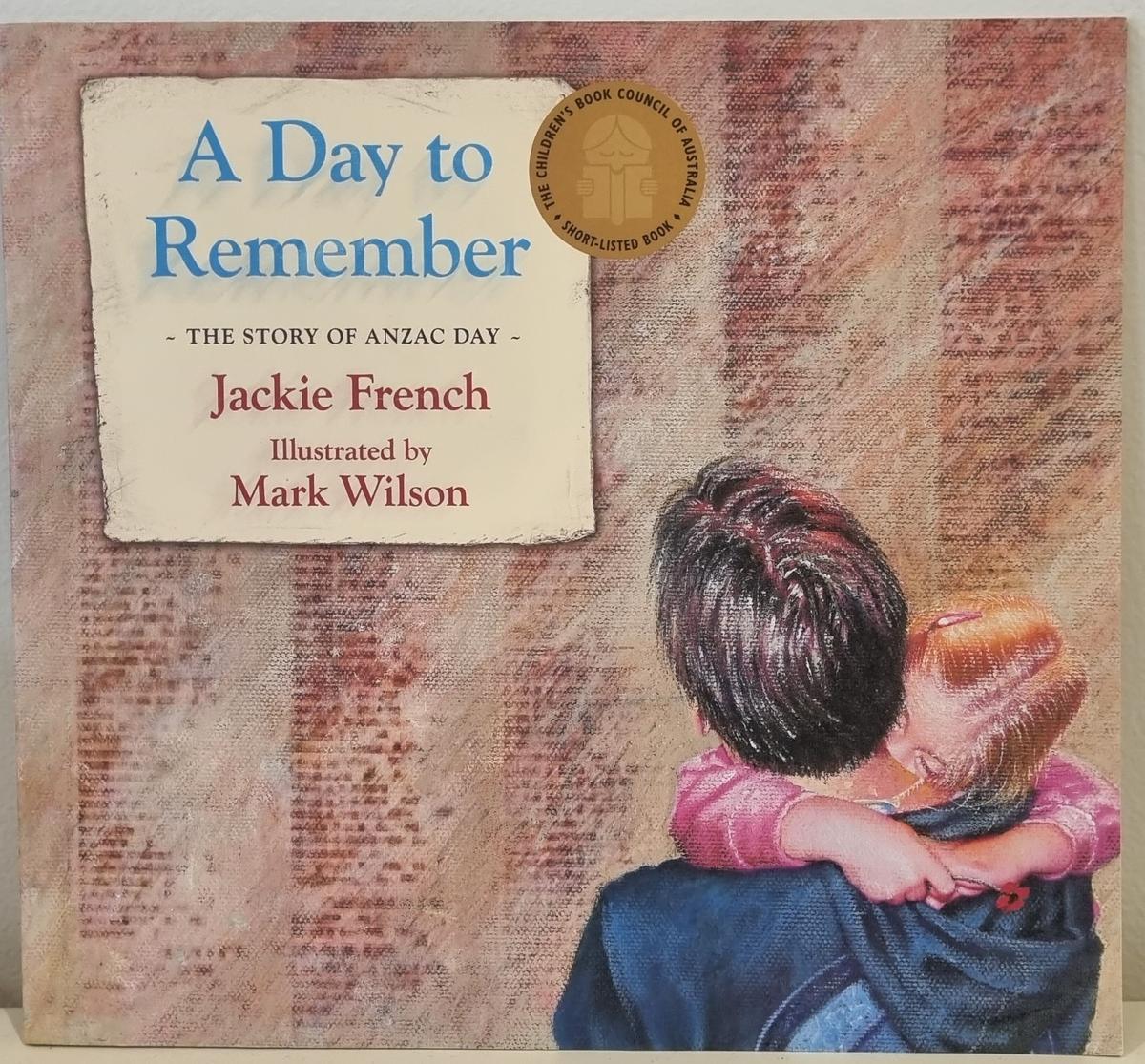

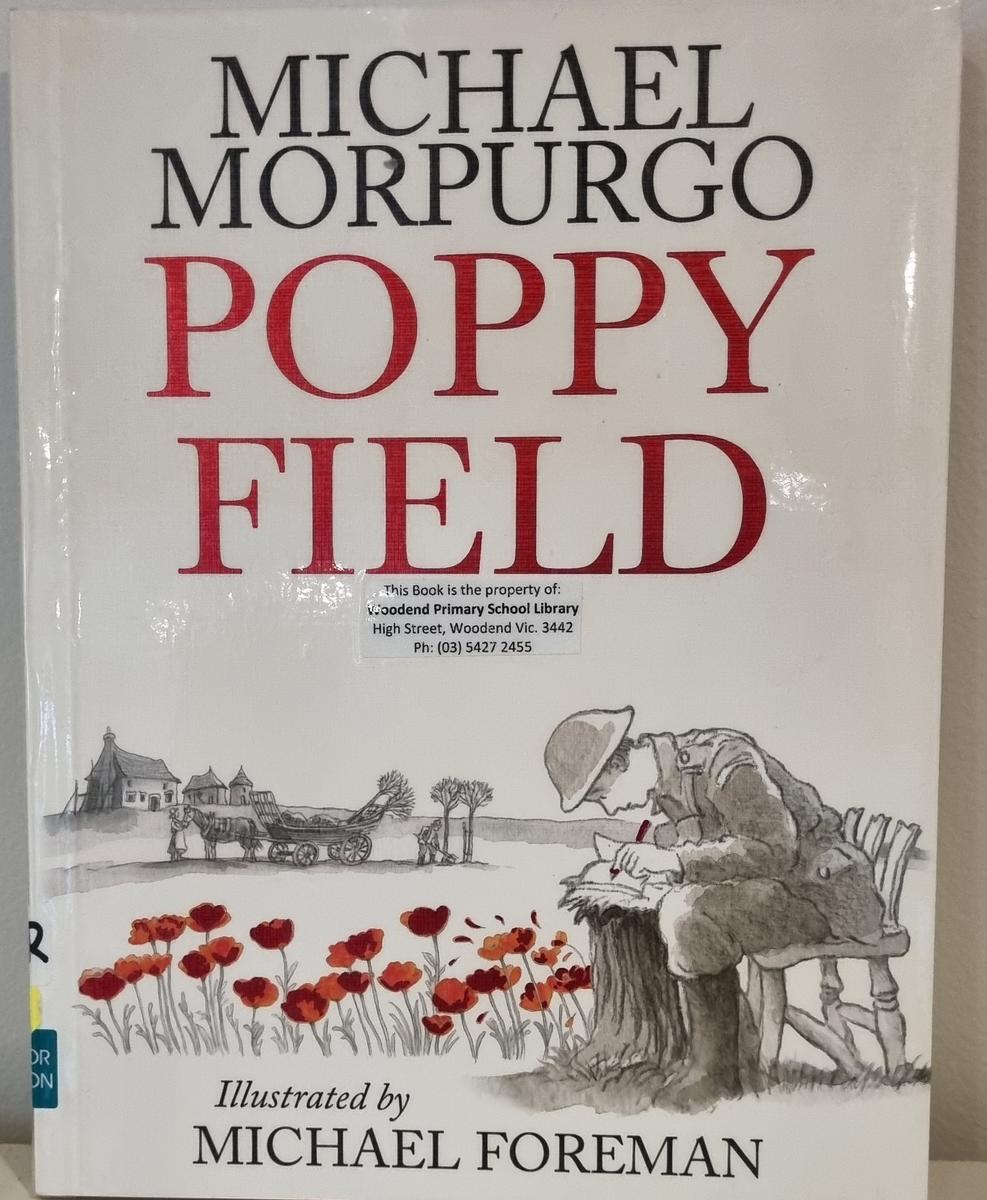
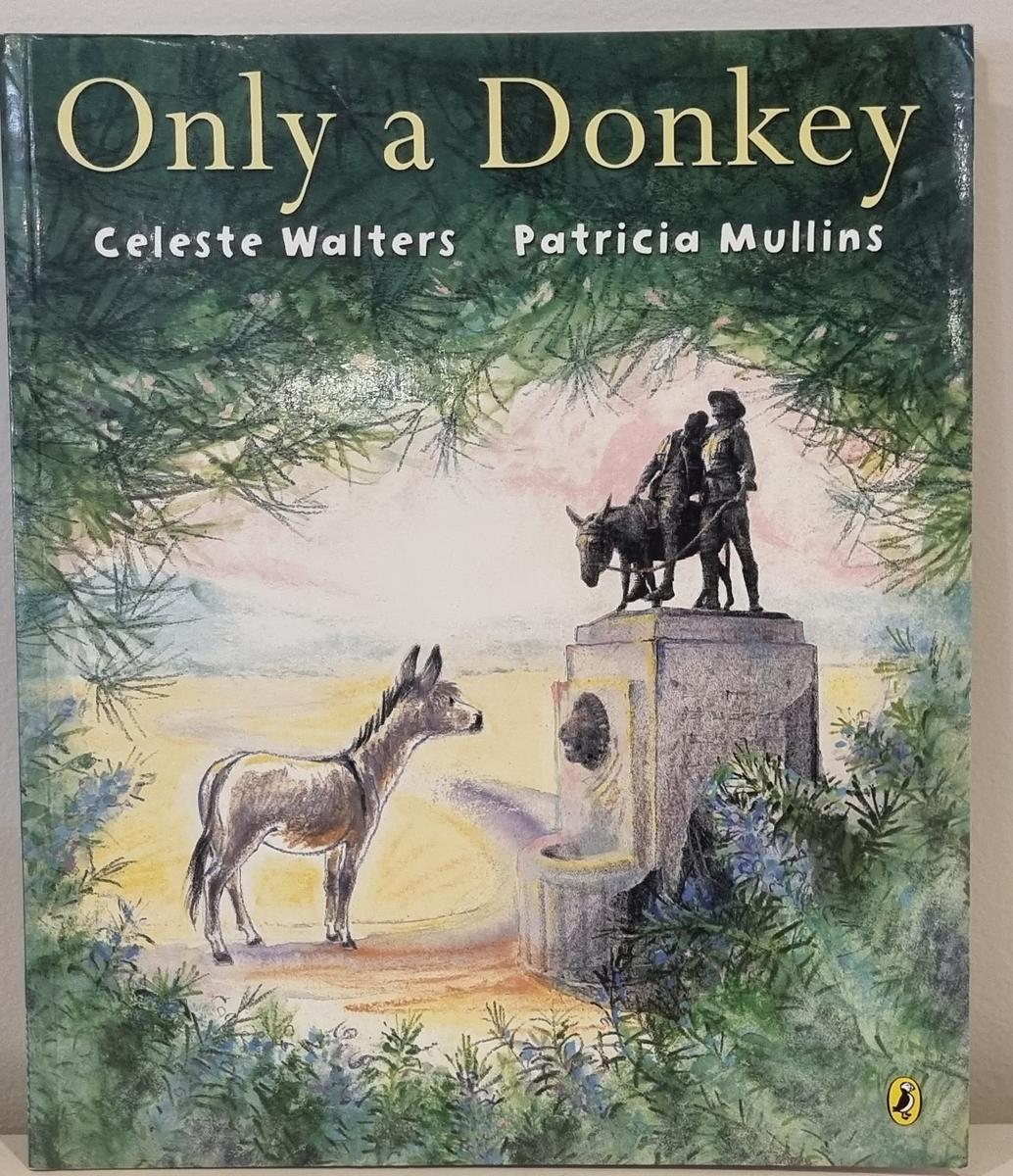
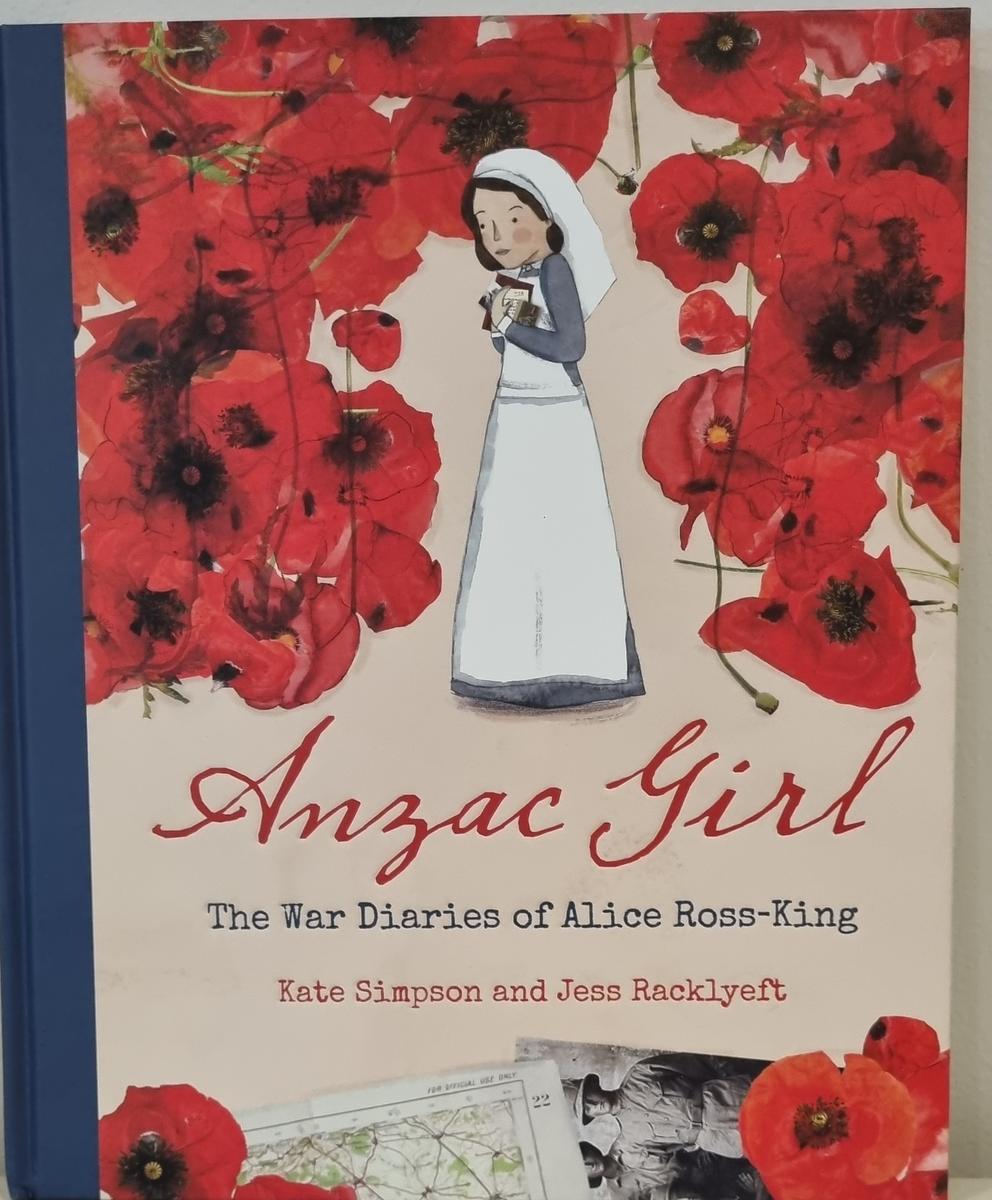
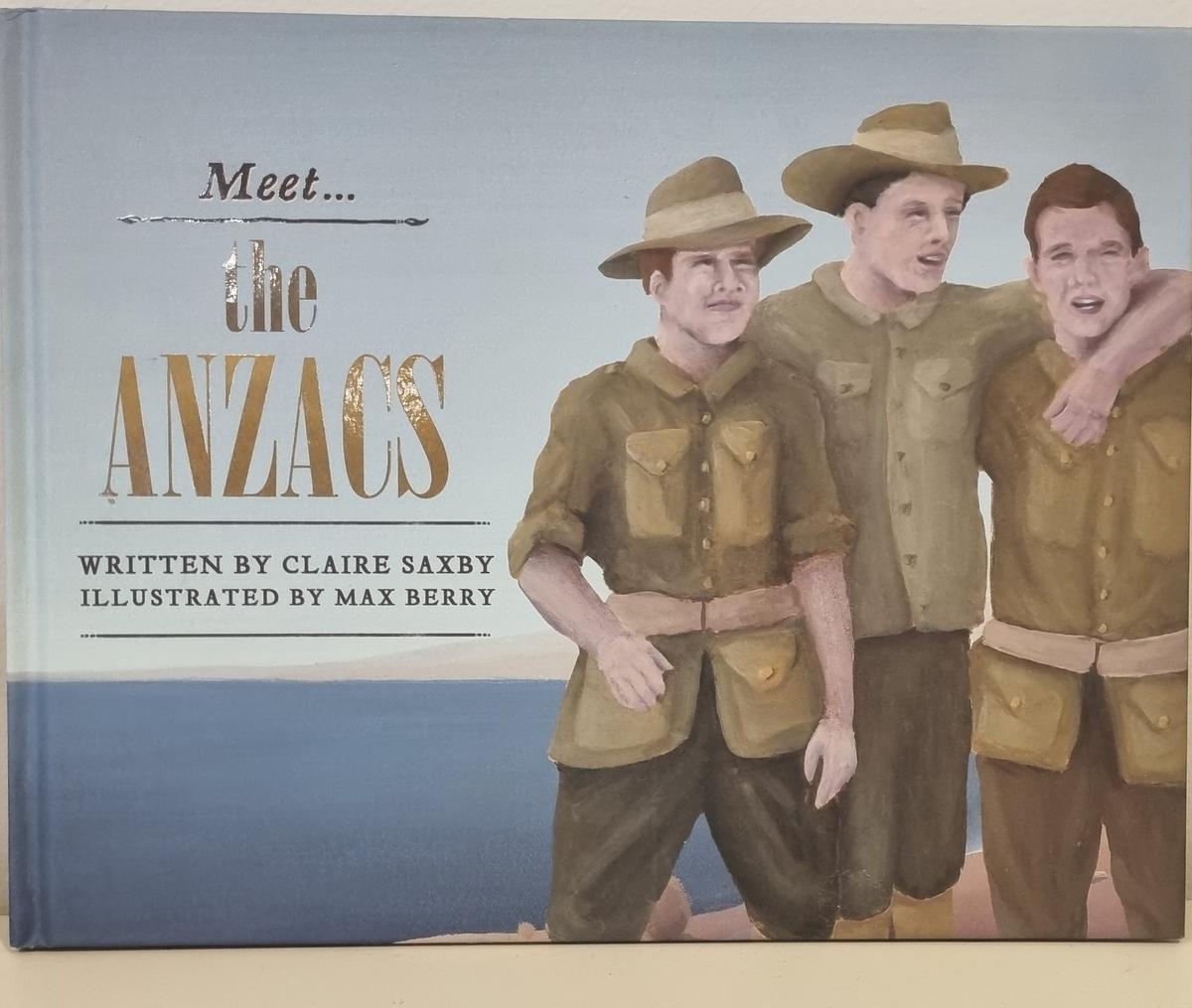


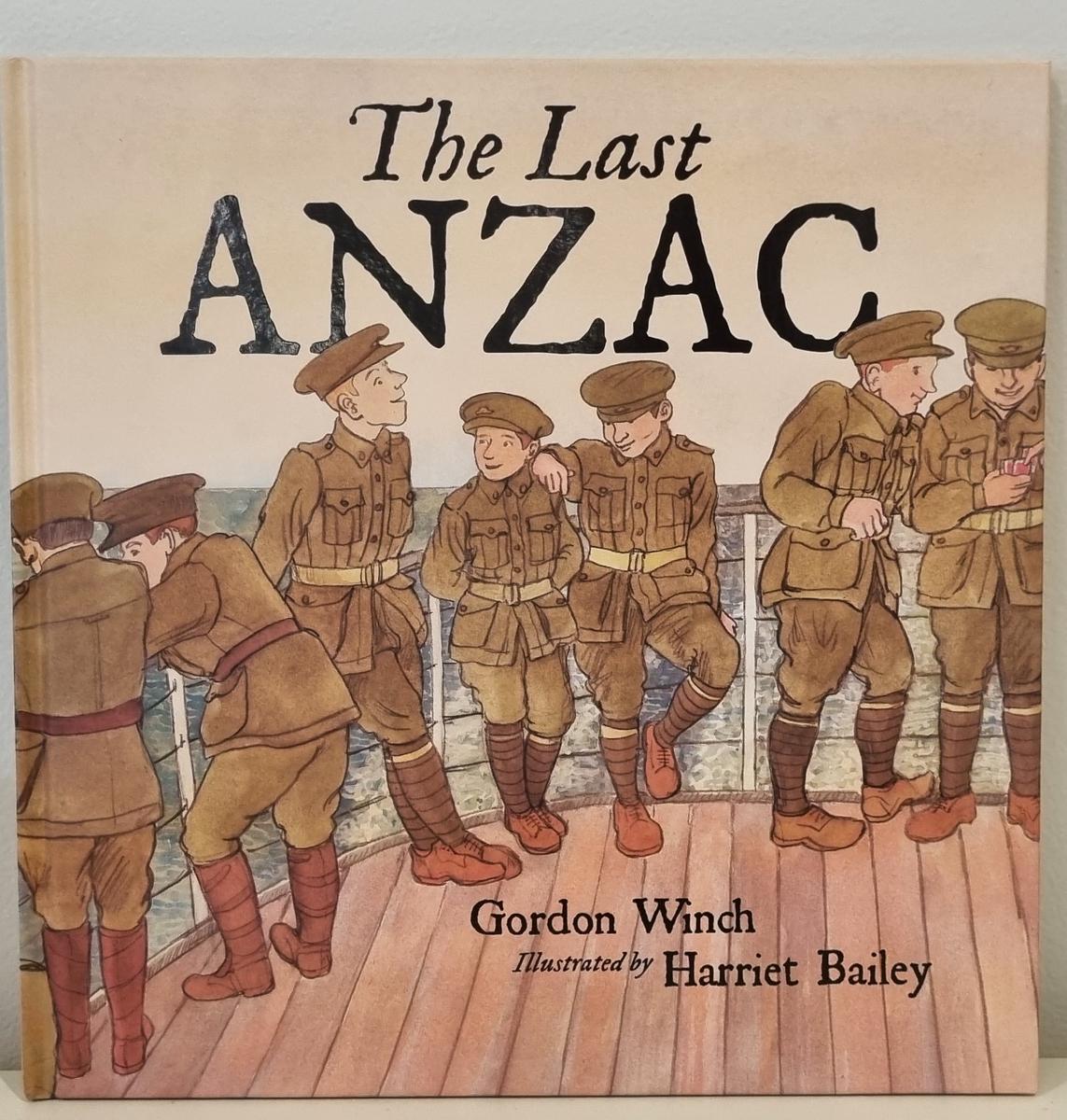
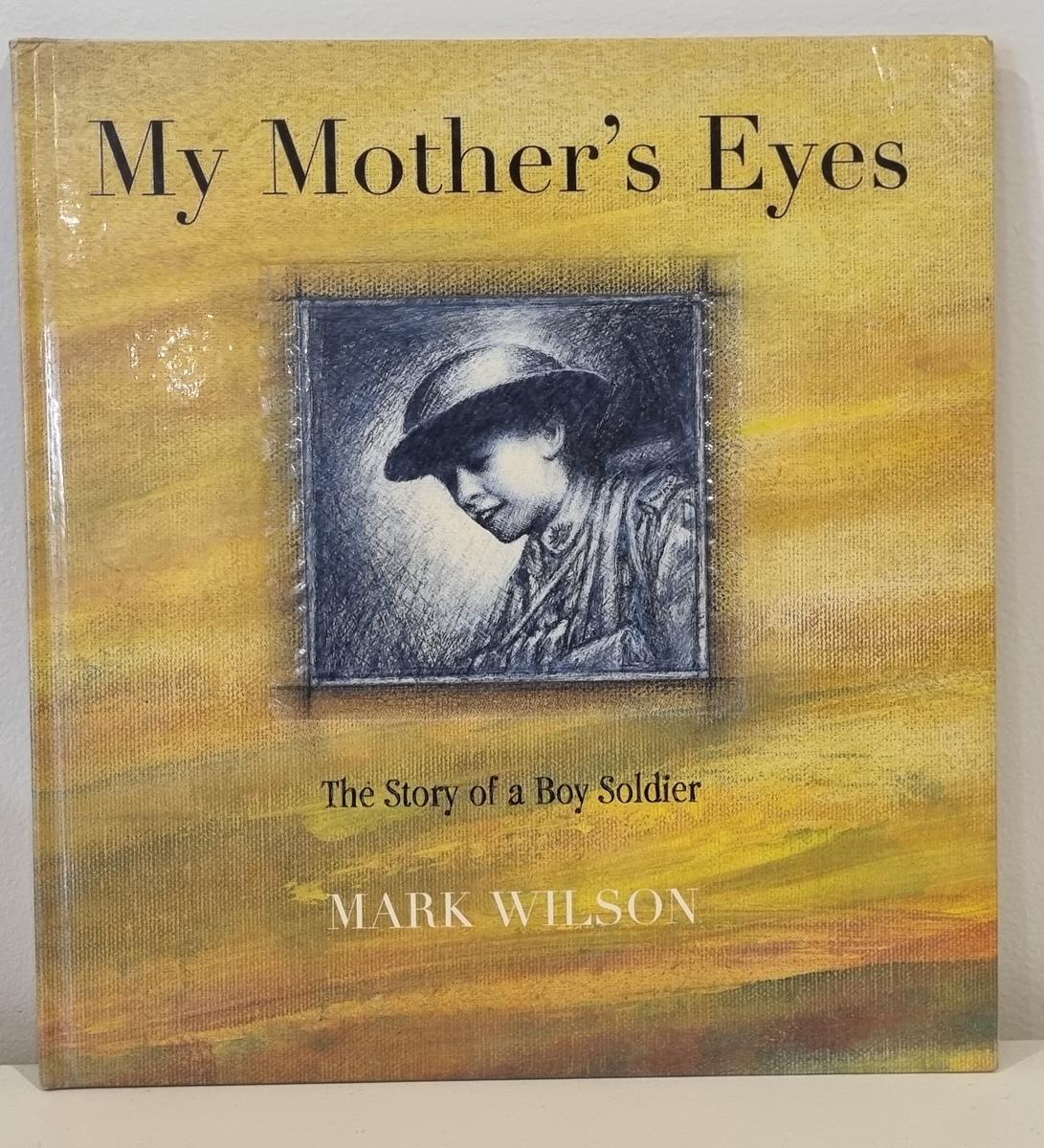

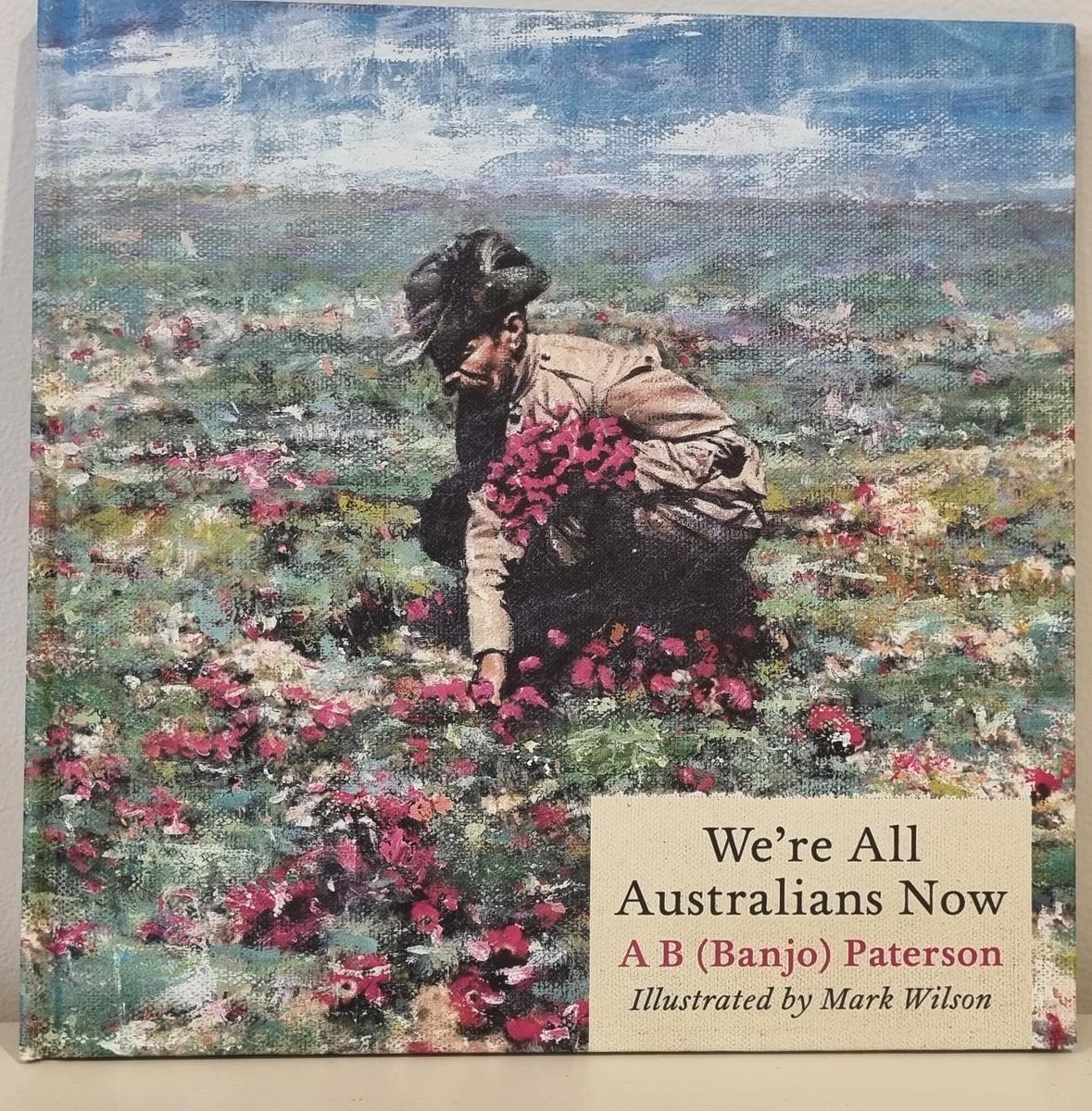
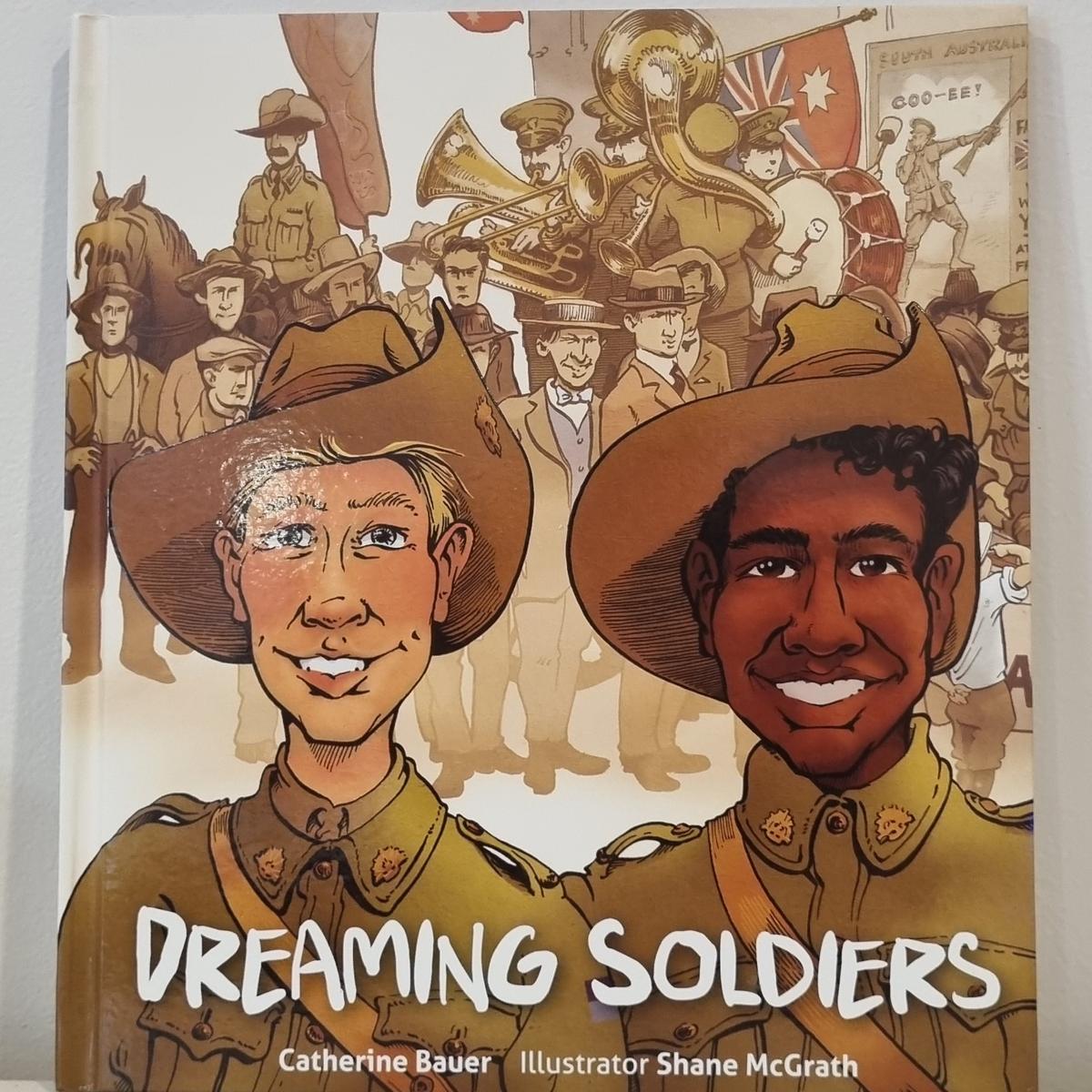
















Short animation and picture book
Watch our 1-minute video, which supports learning in the Here They Come big book for primary school students.
Poppies - Here they come—A day to remember
The video is part of a series developed to support our Here They Come—A Day to Remember picture book and animated video, designed for lower primary school students.
https://www.youtube.com/watch?v=YHGoIs5CzUc (Anzac Ted)
https://www.youtube.com/watch?v=jSIJYW2uICw&t=35s (Lest We Forget)
Poppies to make
Follow our instructions to make a paper poppy.
Combine many poppies in a circle to make a wreath.
The significance of the purple poppy


AWAMO aim to educate future generations of the deeds and sacrifice made by all animals in service of our nation and seek to give a voice to those who have no voice.
In 2013 the Australian War Animal Memorial Organisation (AWAMO) introduced the purple poppy to Australia; it is sometimes referred to as the “Animal Poppy”. Purple poppies are designed to be worn alongside the traditional red one as a reminder of their bravery and that both humans and animals served together. Funds raised from donations and the sale of Purple Poppies are used by AWAMO to establish memorials. They also fund training of support animals to help soldiers with post-traumatic stress, and provide care packages including paying for care for war animals retired from service due to illness, injury and old age after active service.
https://www.purplepoppies.com.au/about/
https://www.purplepoppies.com.au/pozieres/
Did you know?
Poppies should be worn on the left side to symbolise those who were lost being close to our hearts.
Persuasive letters
On a daily basis, a number of students are sent to my office. Thankfully the majority of the students come to share work that they proudly want to show me. Last week I had Clara and Ivy come to visit and they had persuasive pieces of writing to share.
Apart from loving the content and construction of their writing, I also felt a little emotional when I realised the letters were trying to persuade me to stay. Despite the very persuasive tone of the letters, I will still be retiring however, I will treasure the letters.
Dear Miss Ellis,
Please, please, please stay.
You are the best, principal because you are kind and caring and cool. I love you.
Love Ivy
Dear Miss Ellis,
Please, please, please stay at this school because you are the best principal I have ever had, well technically you are the only principal I have ever had but still the best. You are the funniest I have met and the kindest, so why, yes why do you have to leave?
Yours sincerely Clara
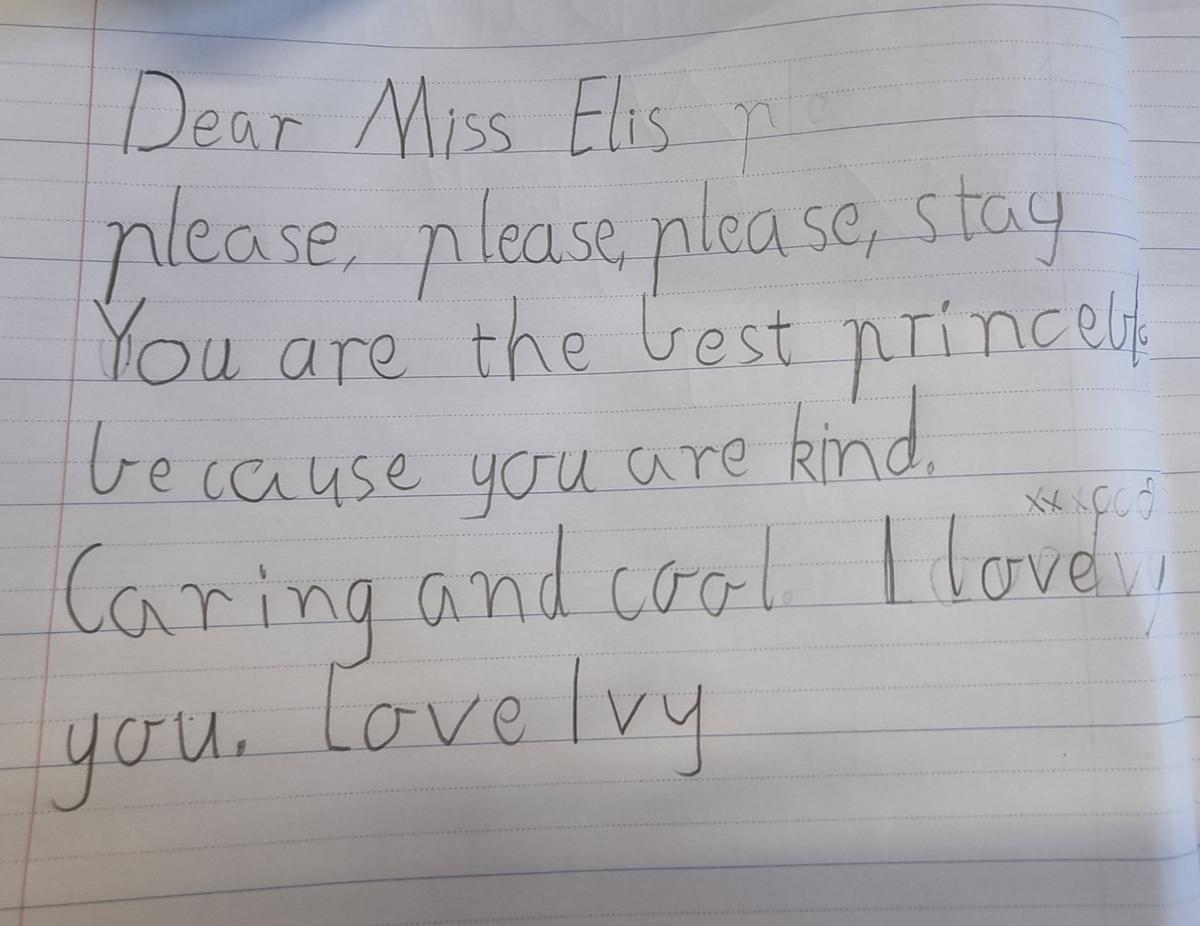
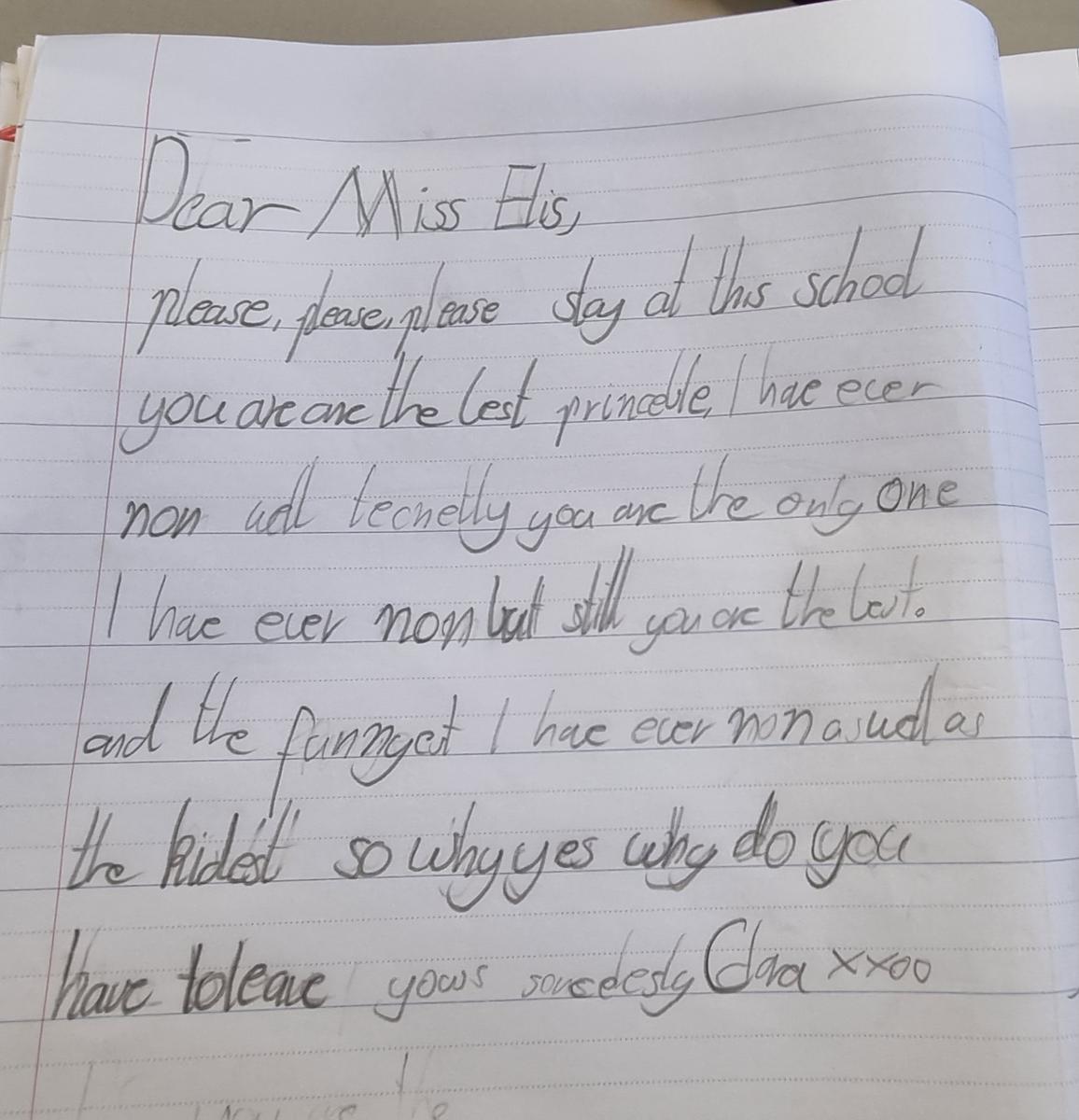


Ride2School
Last week many of our students and their families participated in Ride2School Day. This great initiative promotes healthy lifestyles. We had over 130 students that participated on the day. On site to help out with bike checks and minor maintenance we had some wonderful dads assisting (Mark and Matt). A big shout out of appreciation to all who were involved, in particular thanks to Lauren Tyrell for her active organisation and promotion of the event.
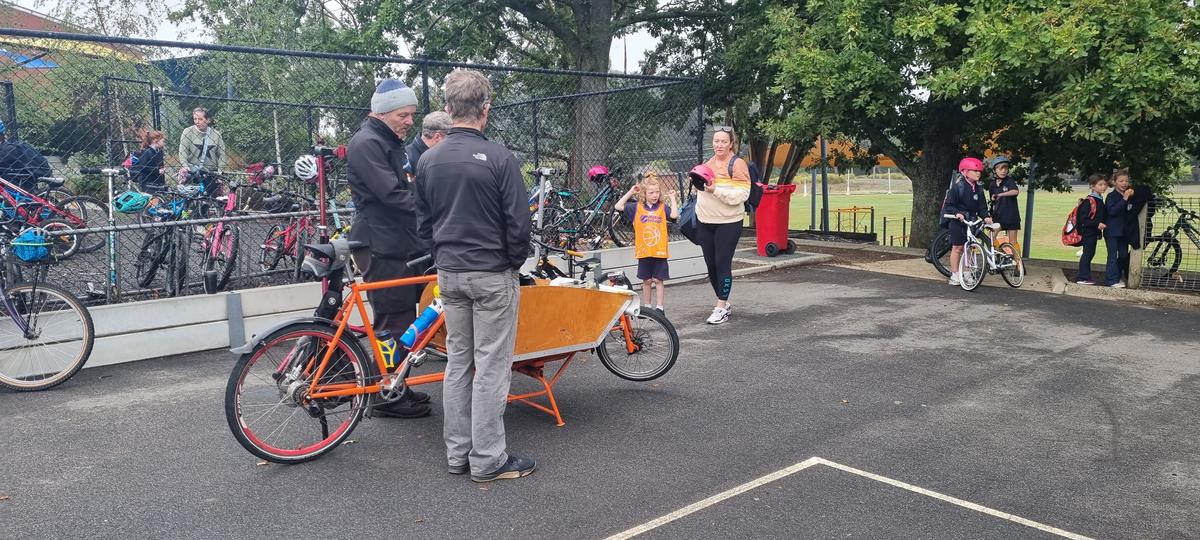
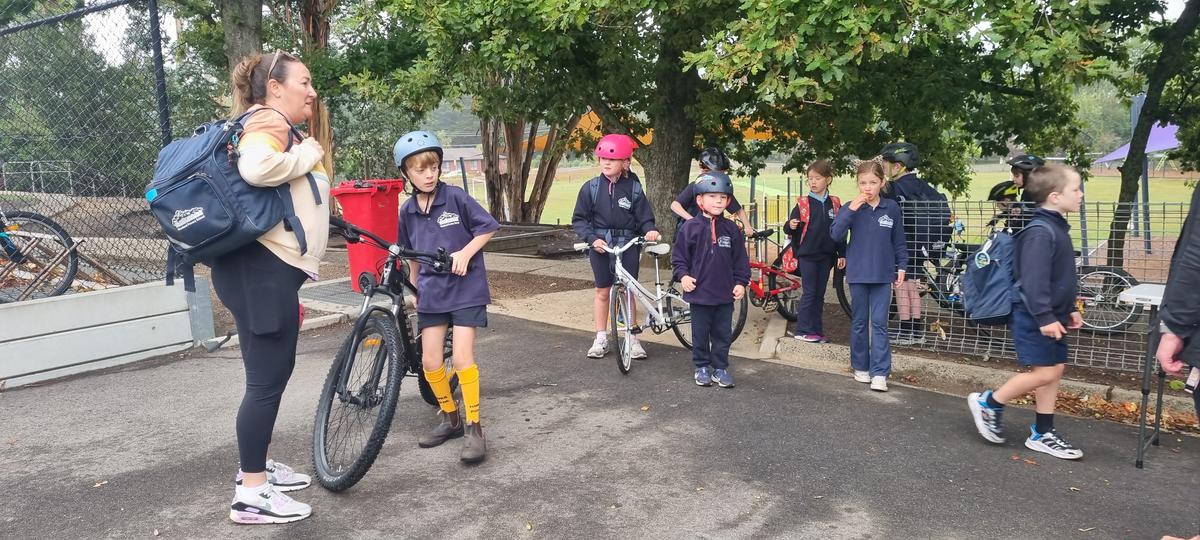
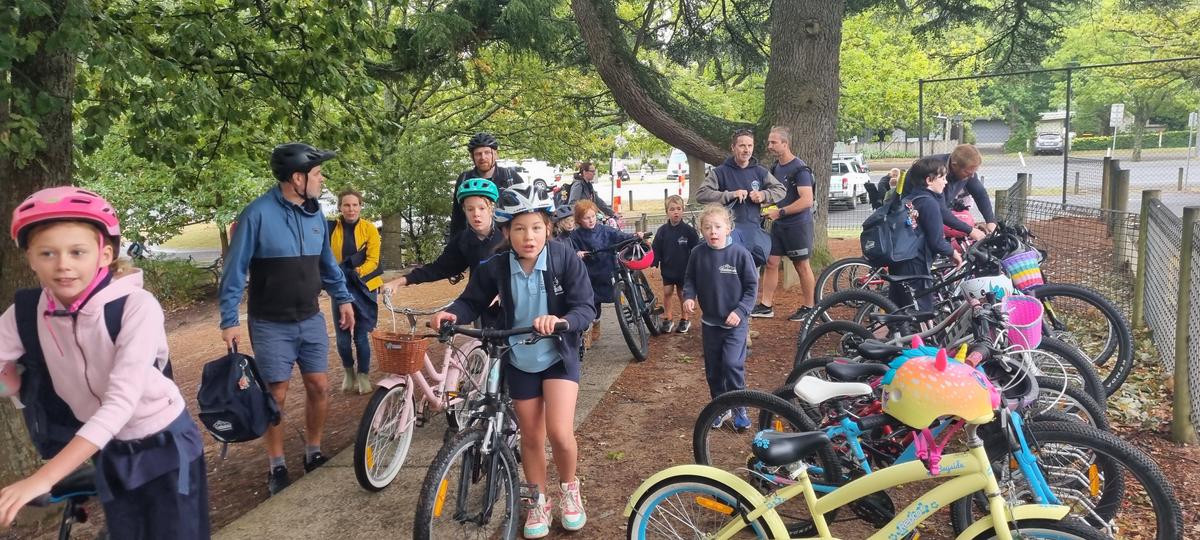
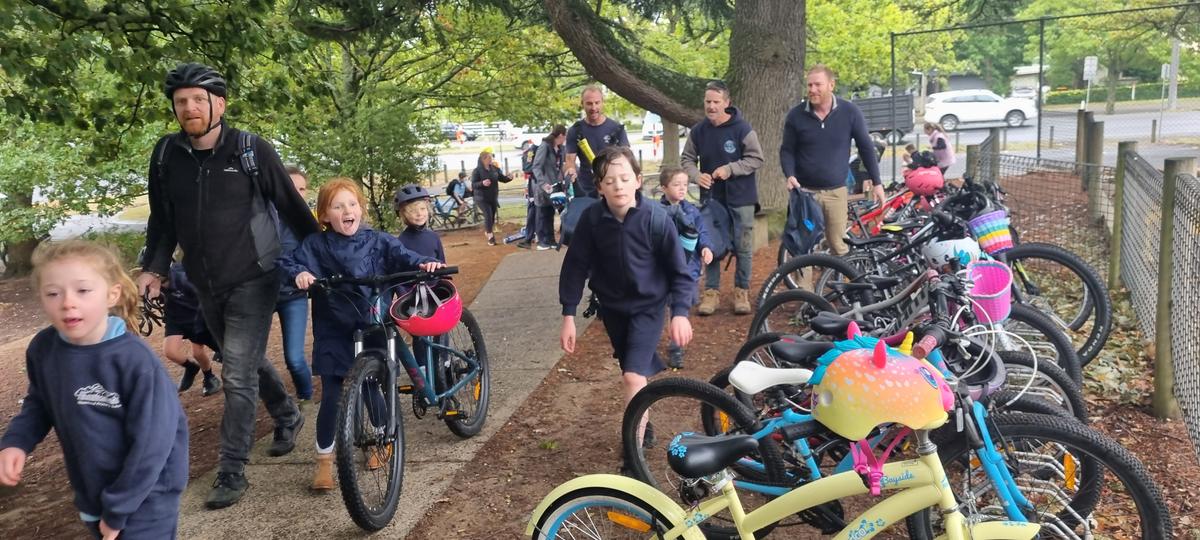
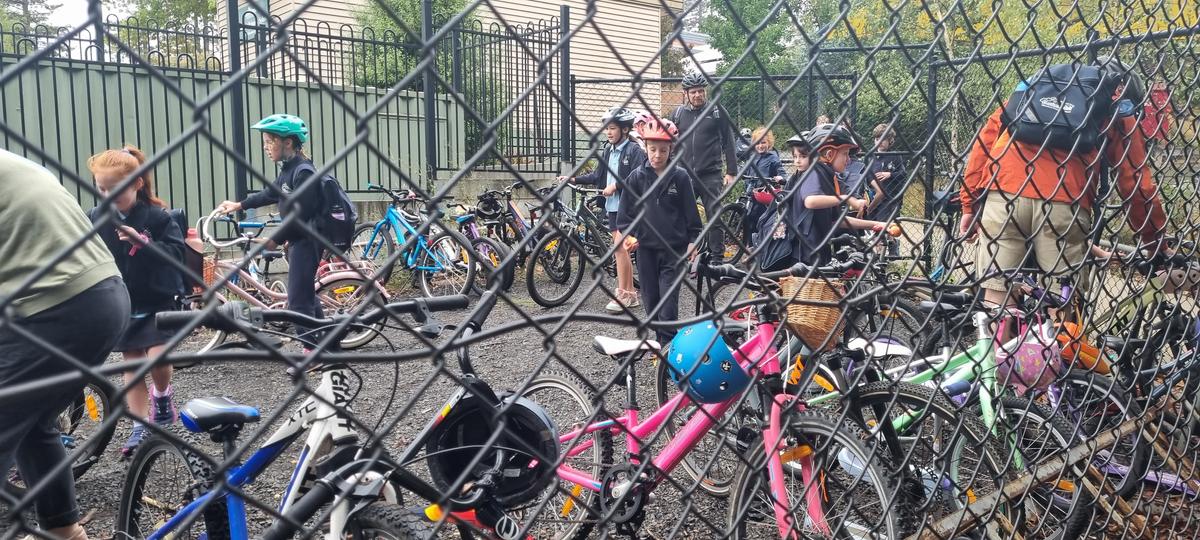
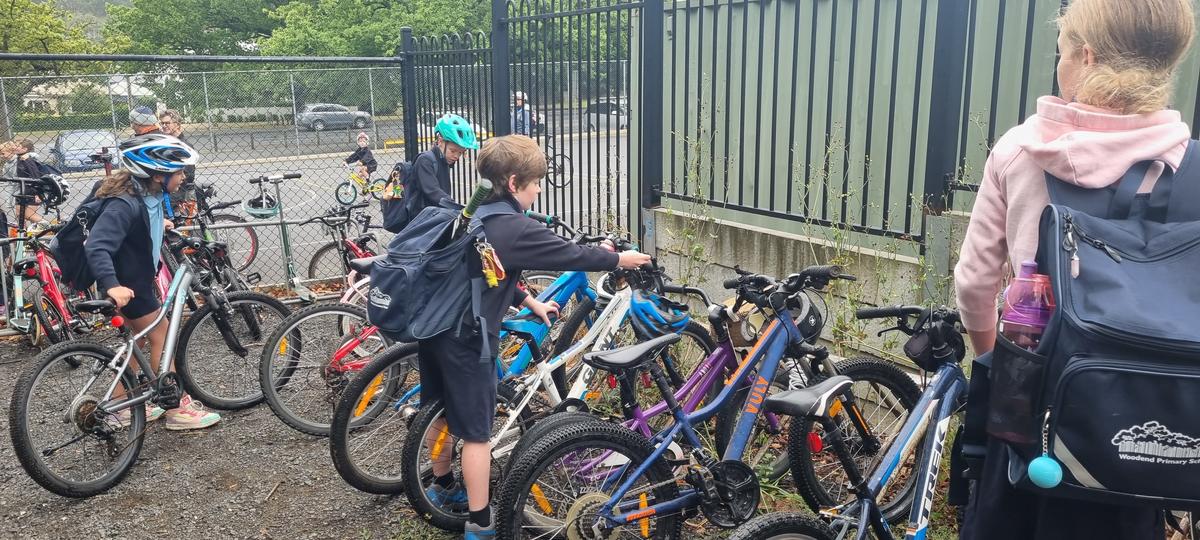
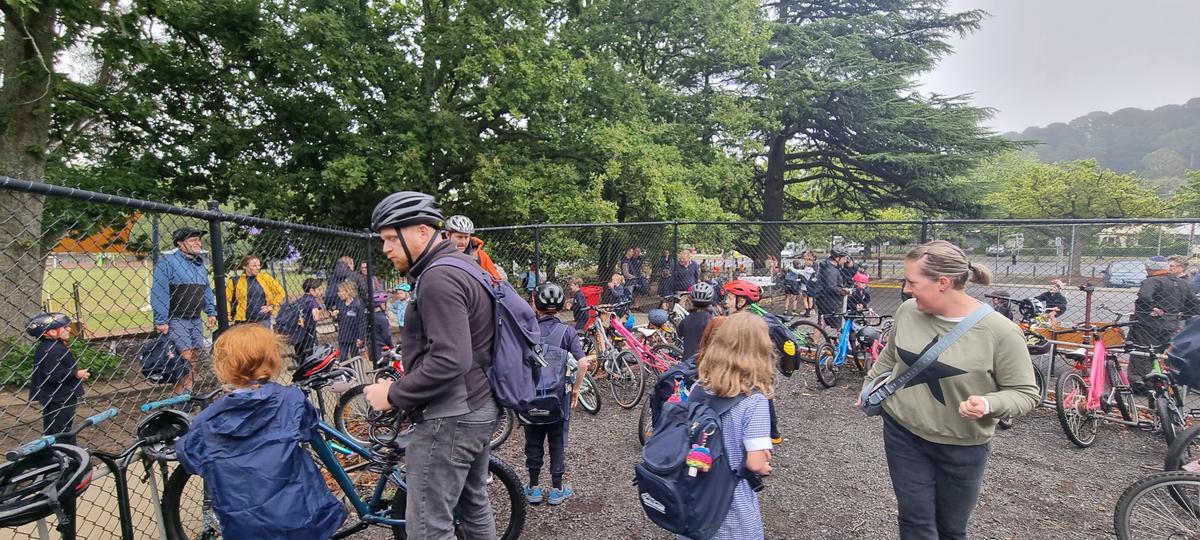
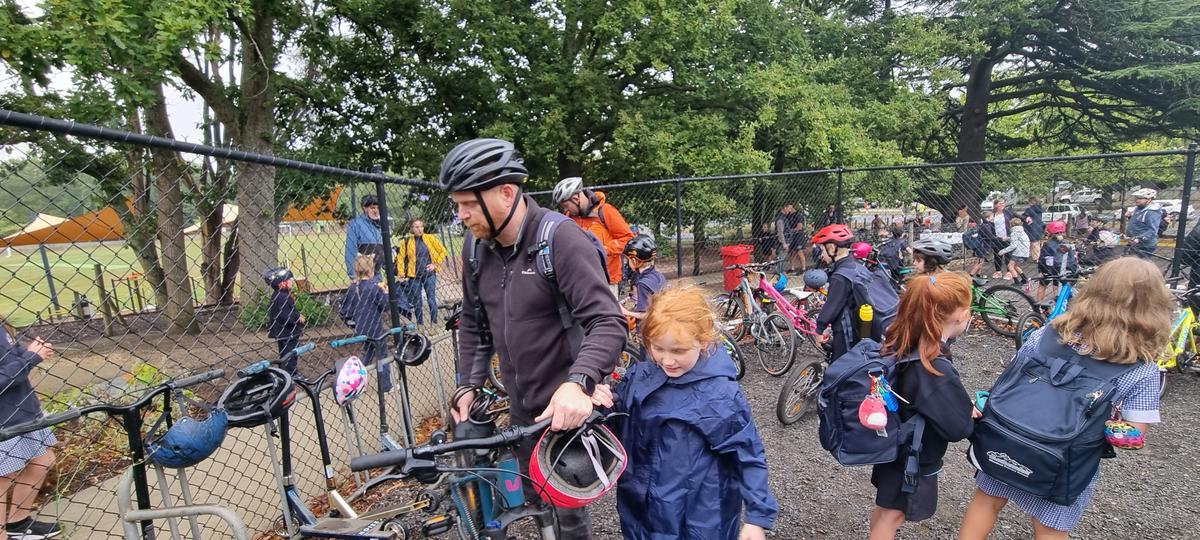
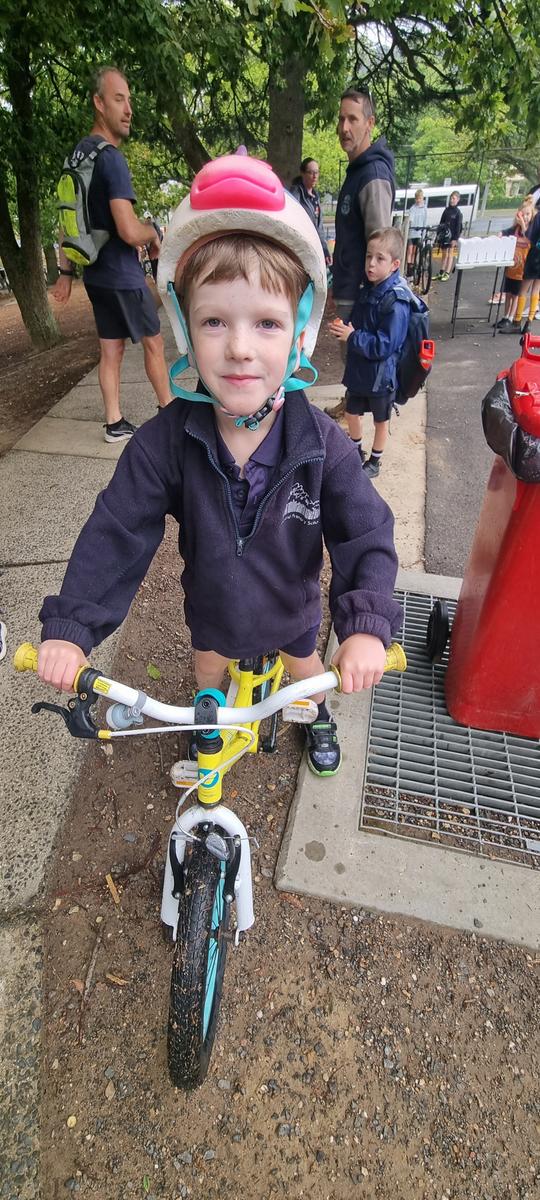
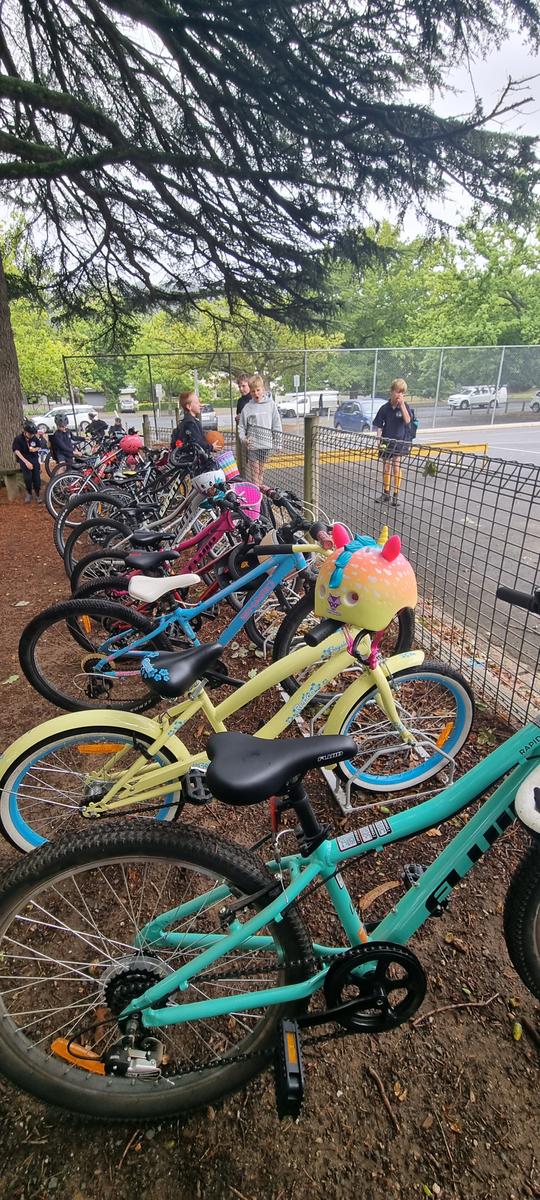
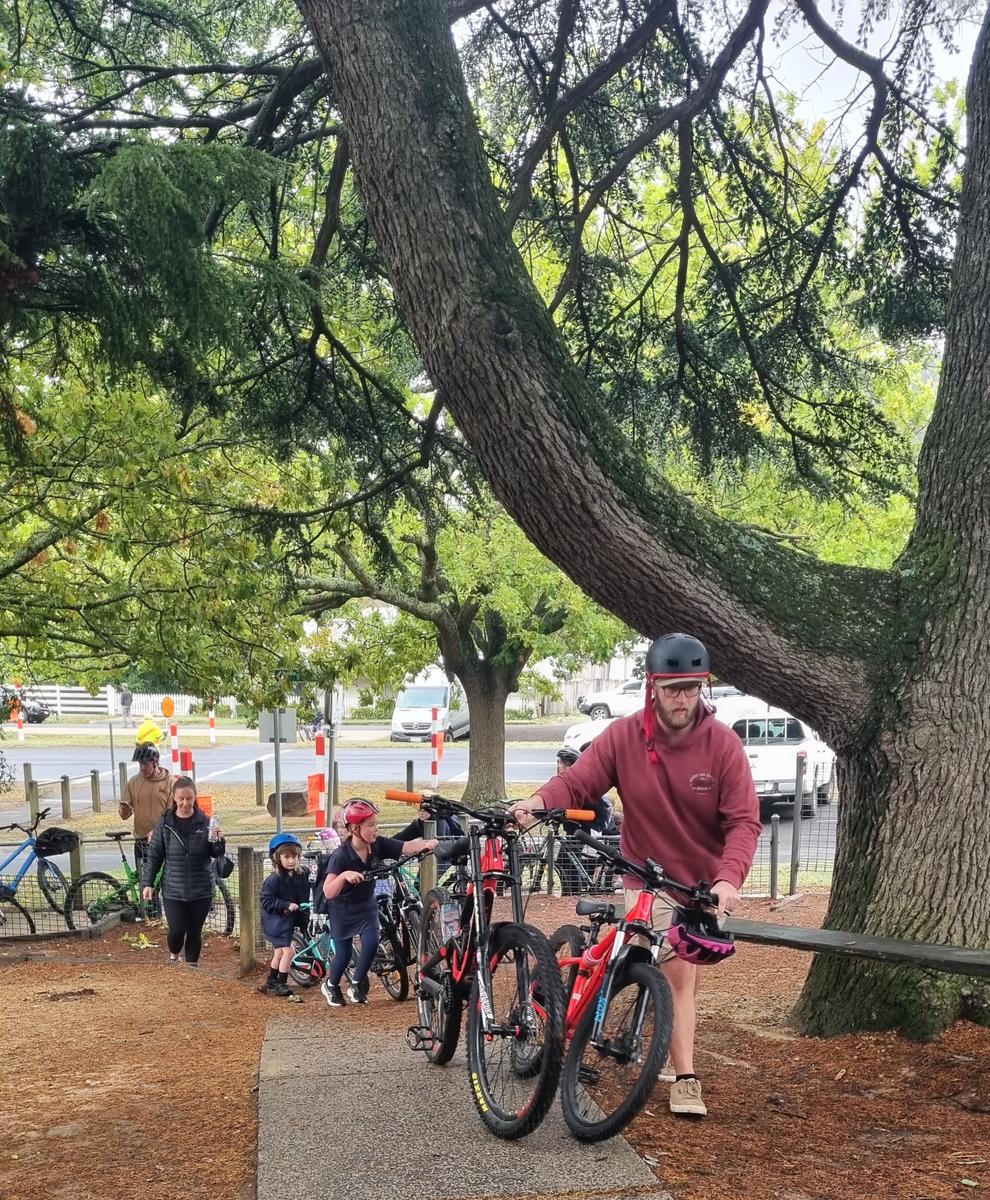
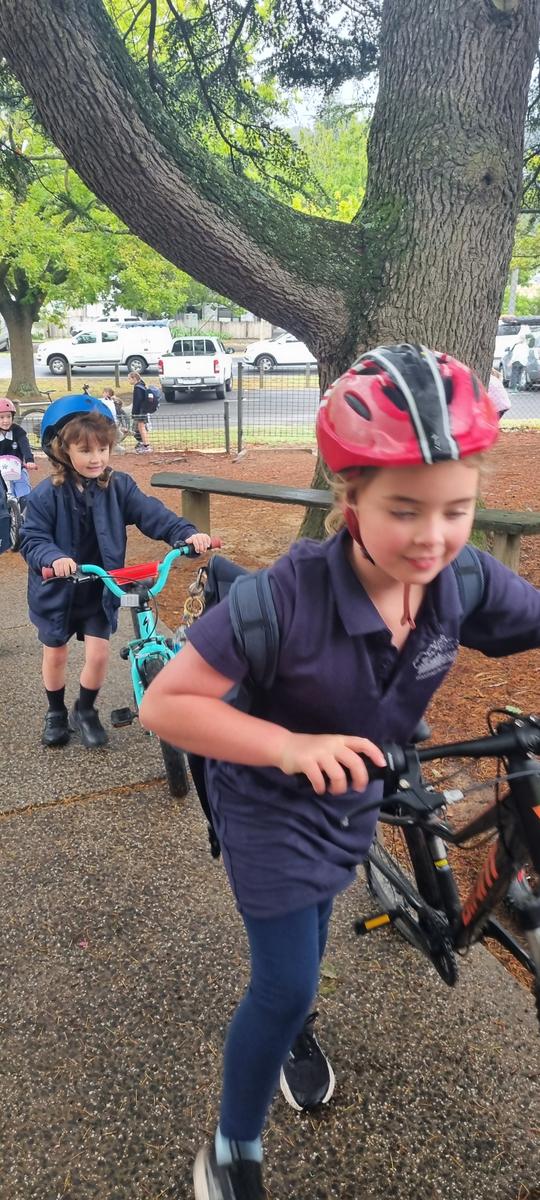
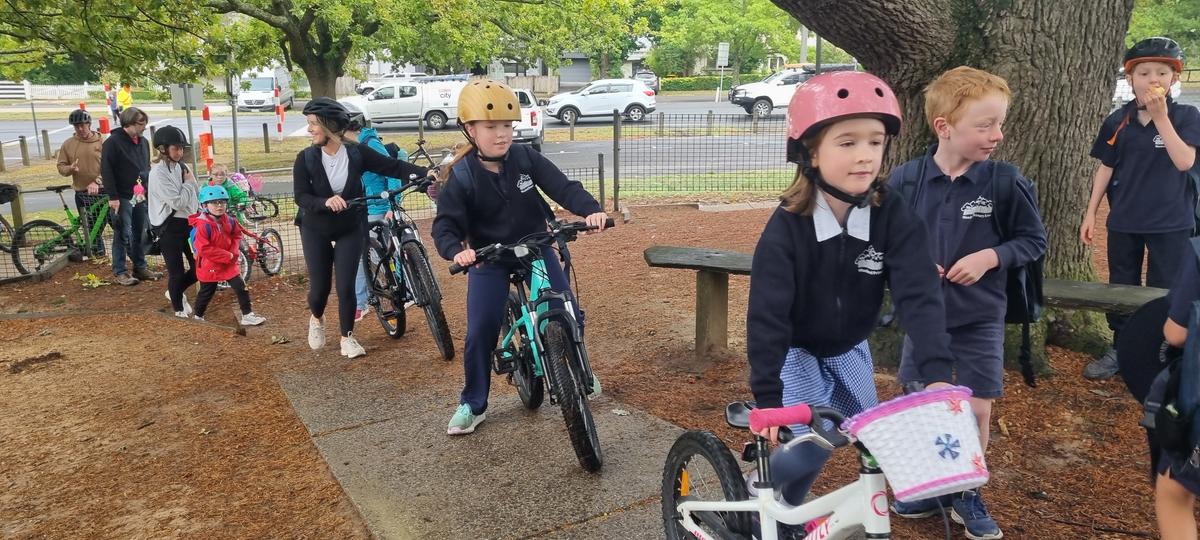
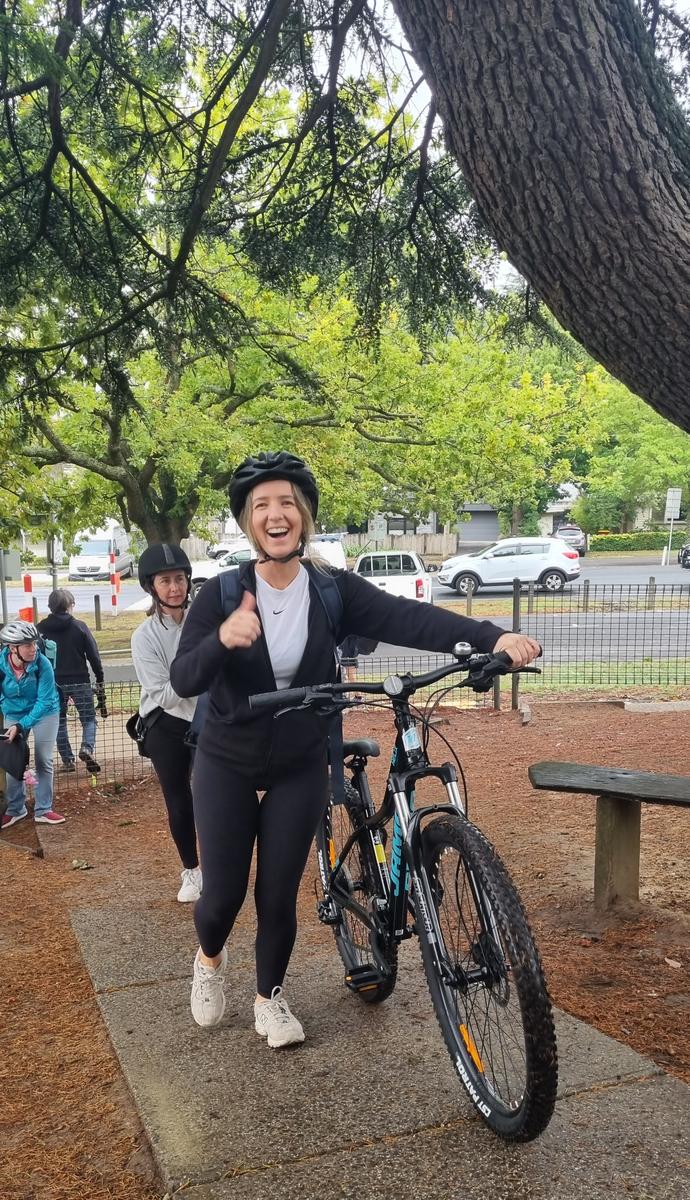
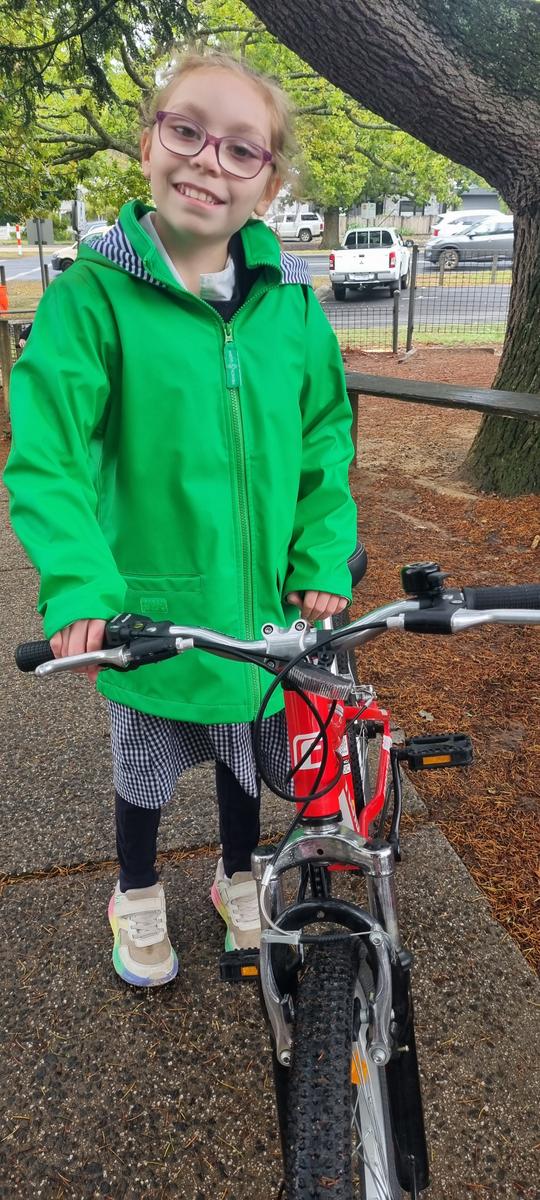
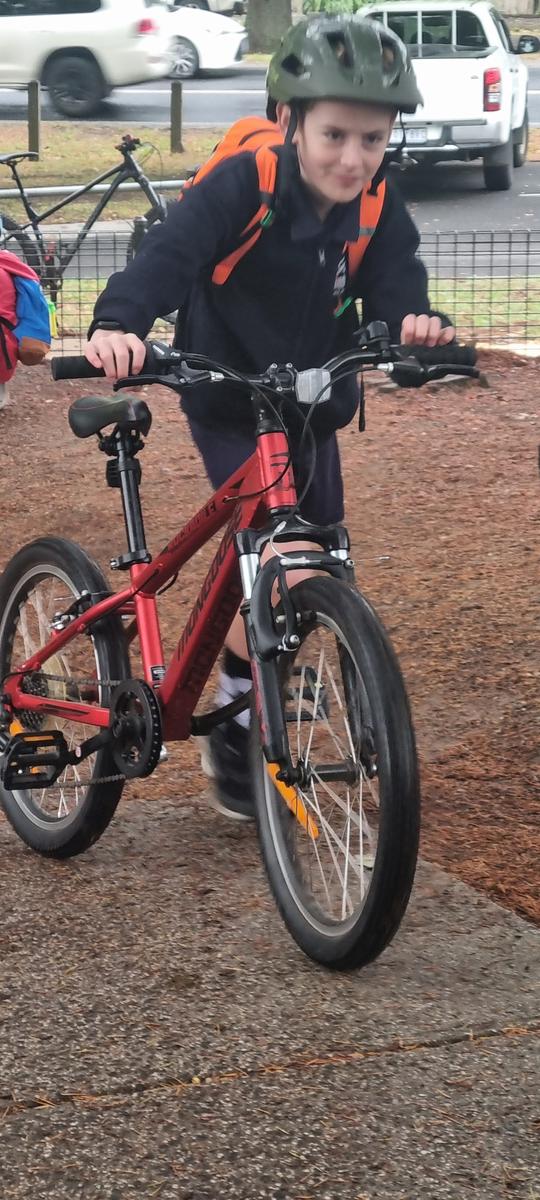
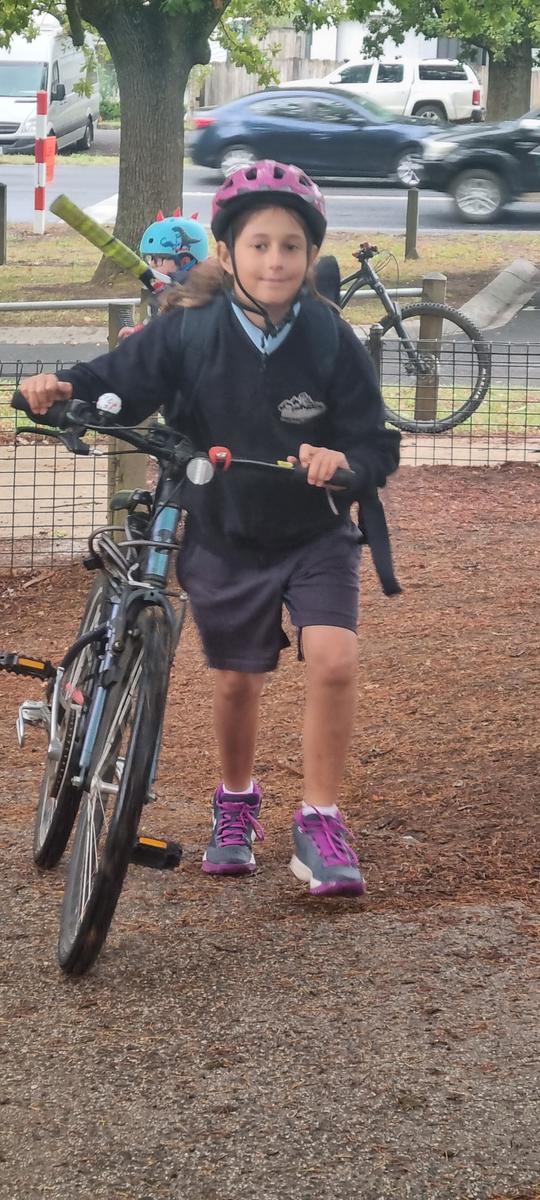
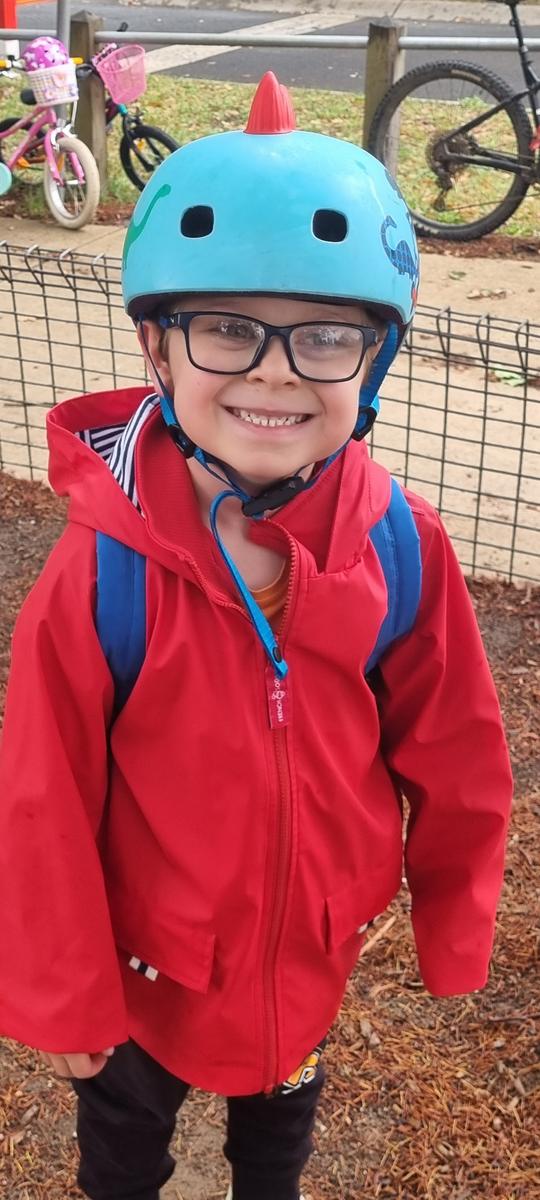
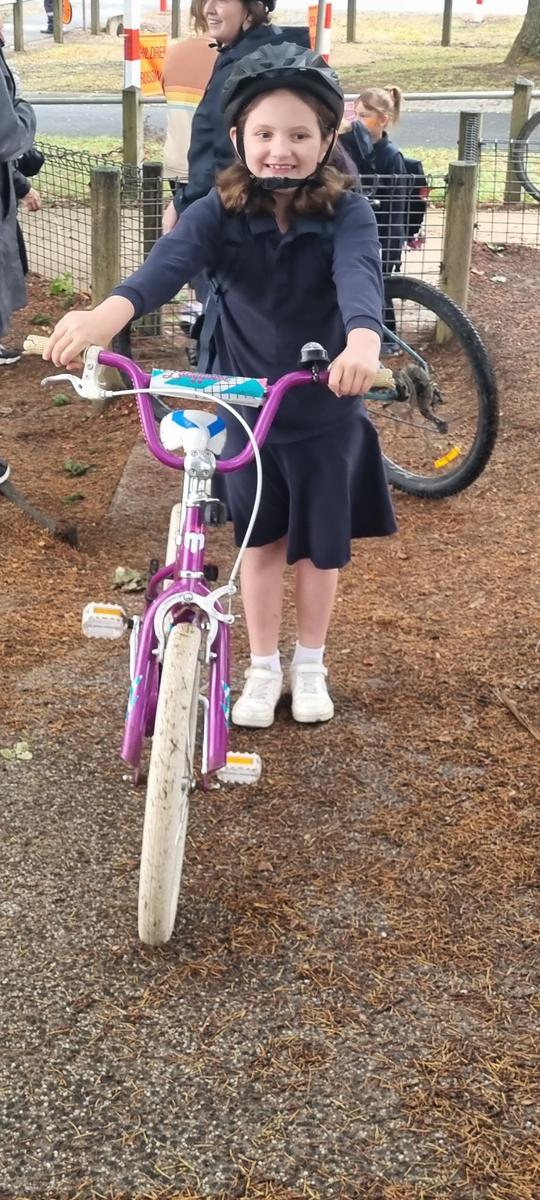





















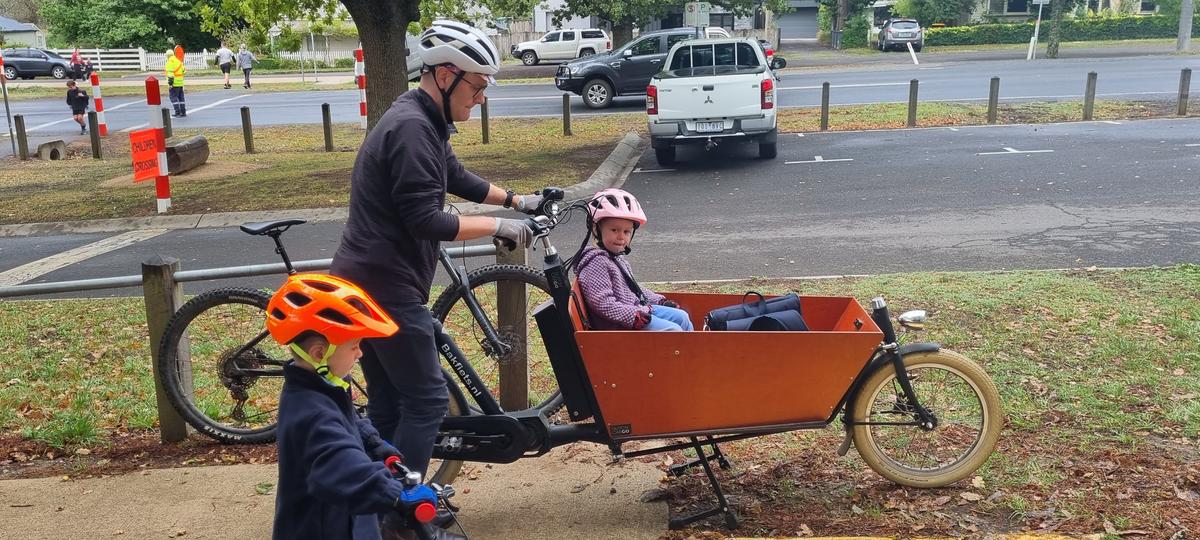
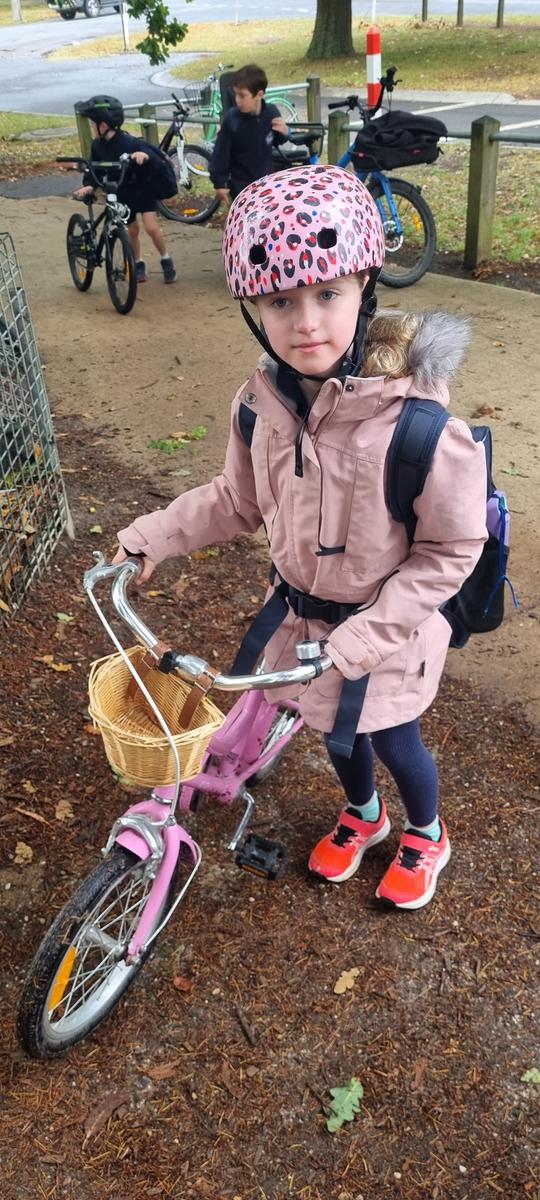
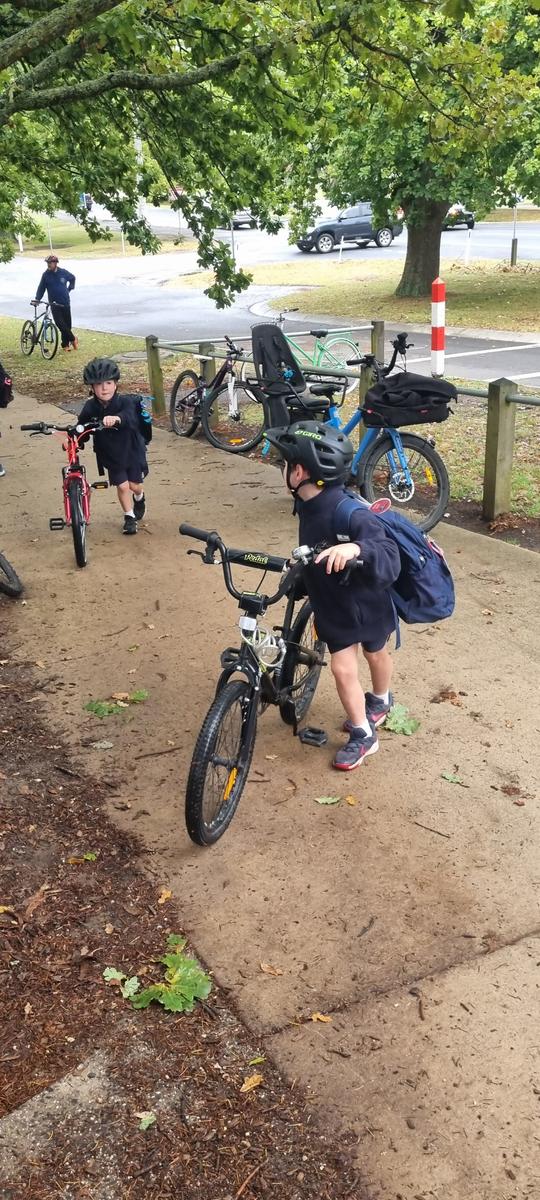
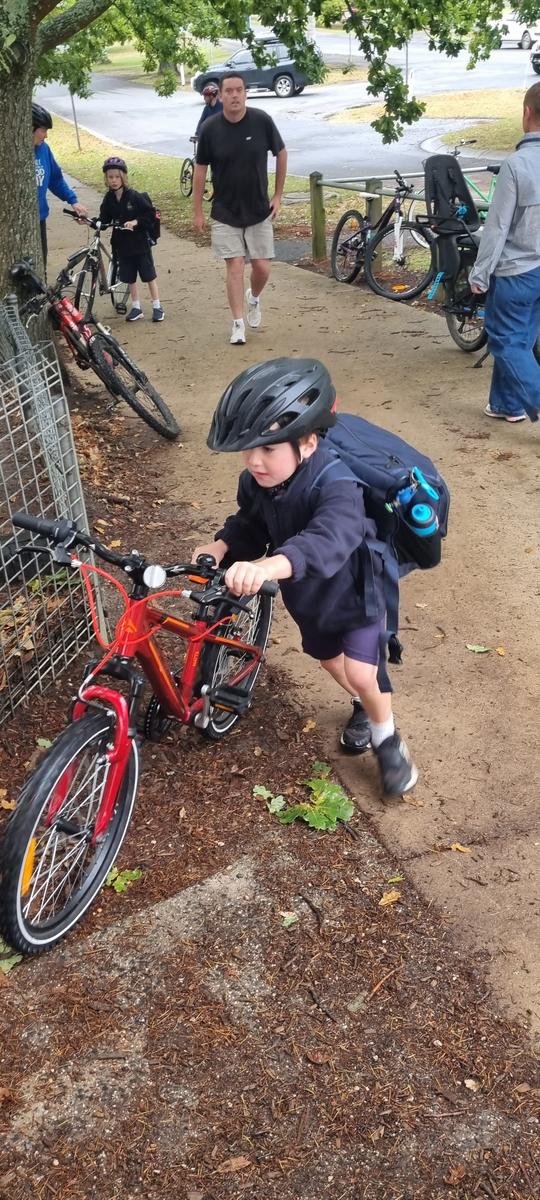
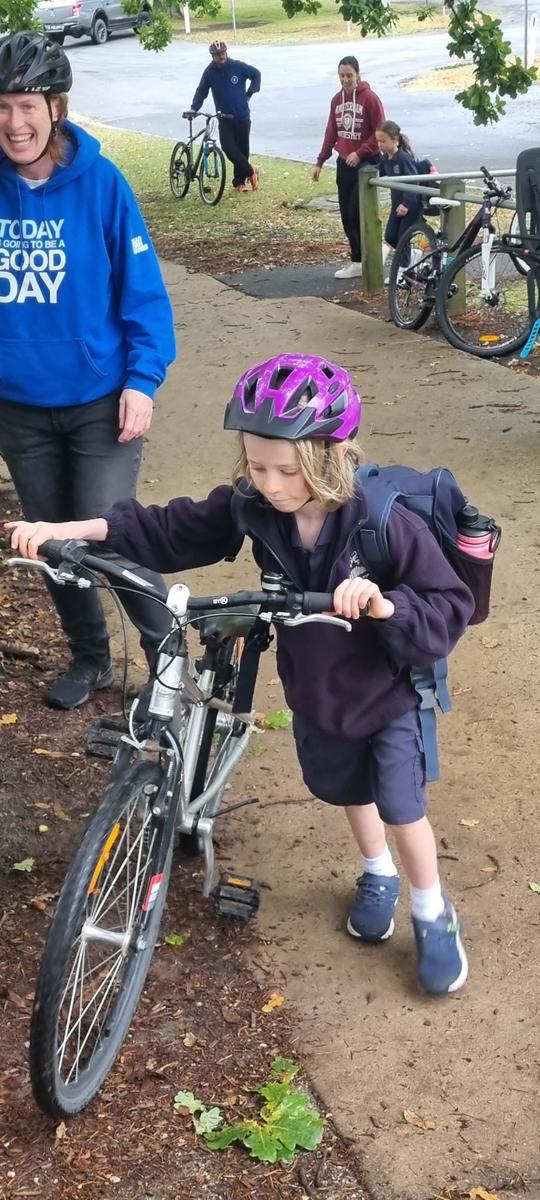
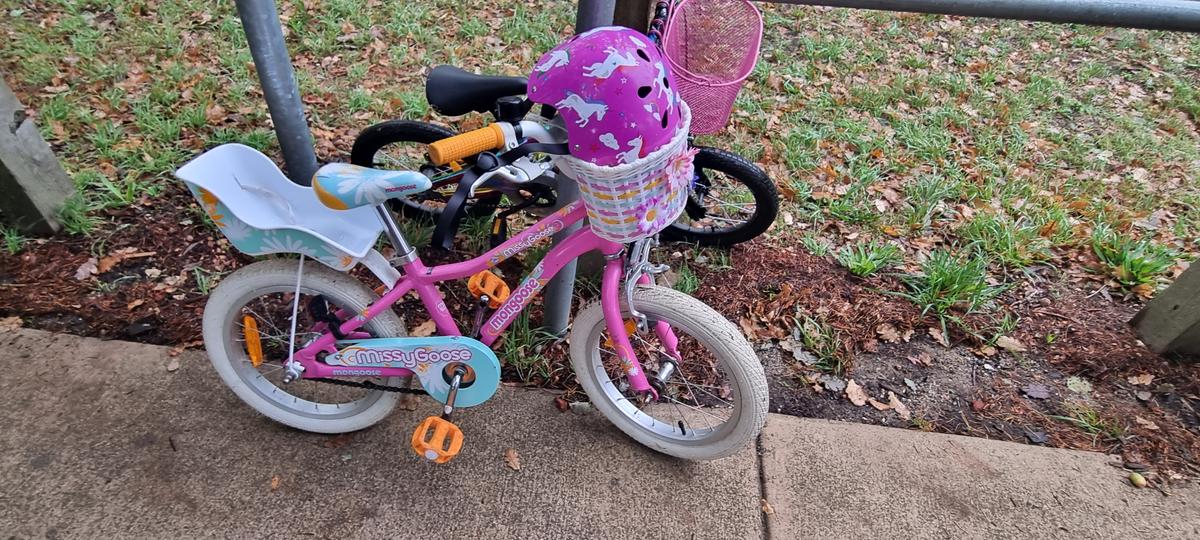


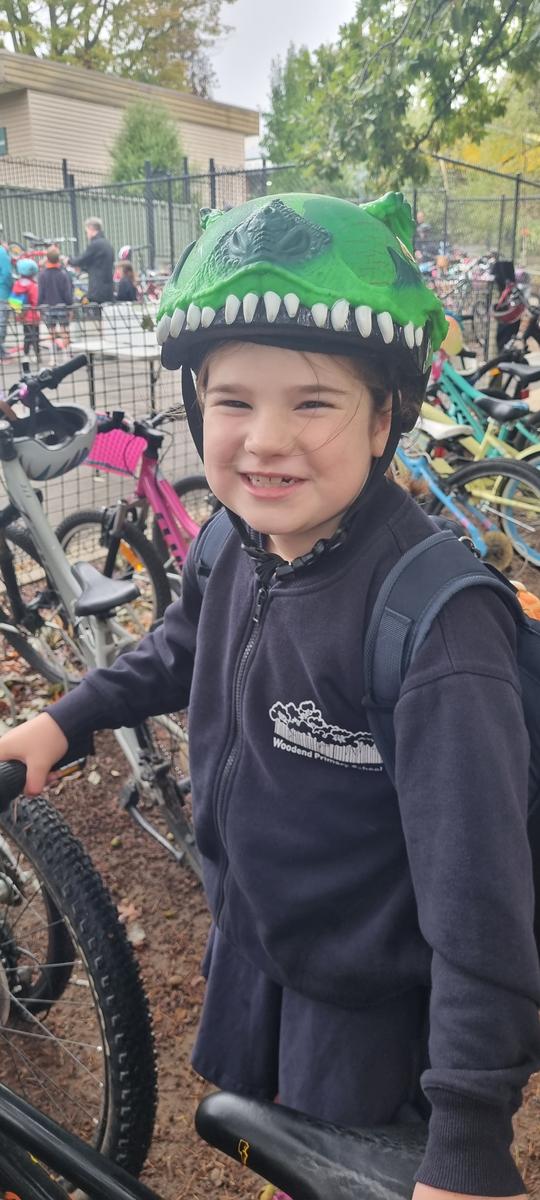
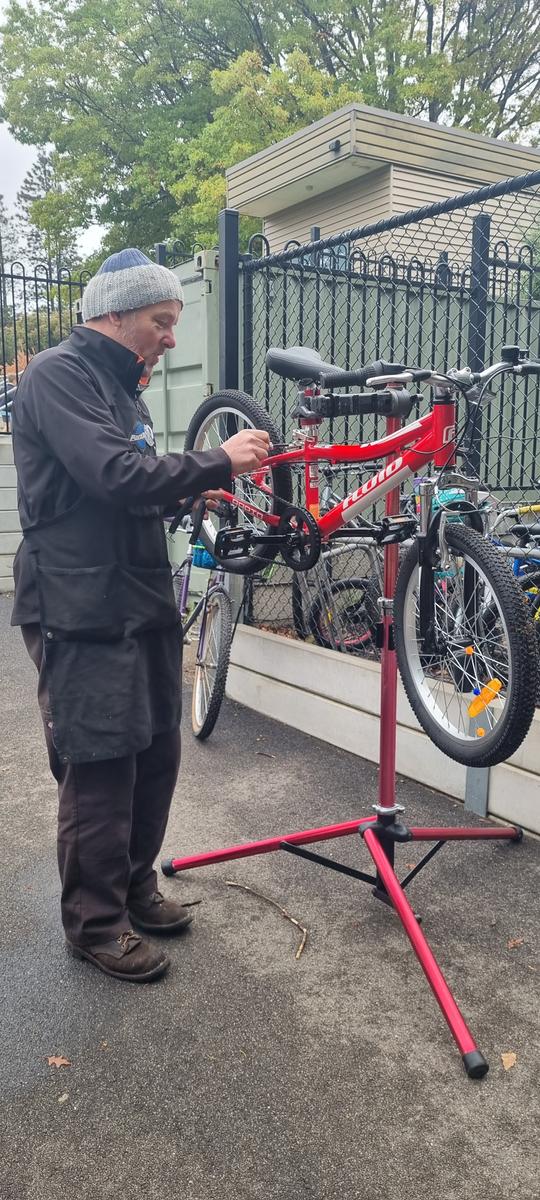
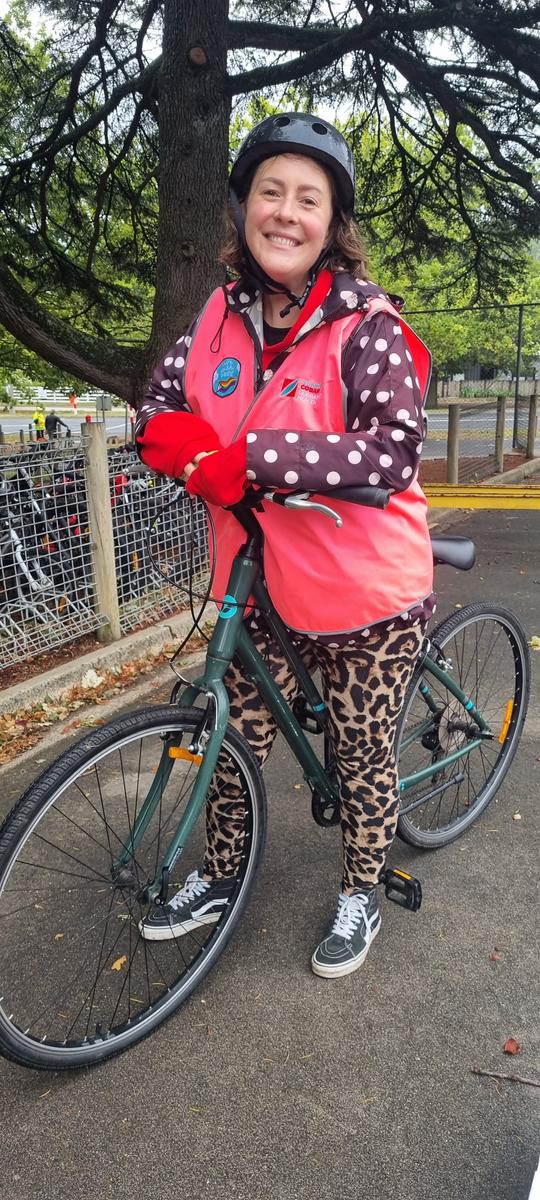
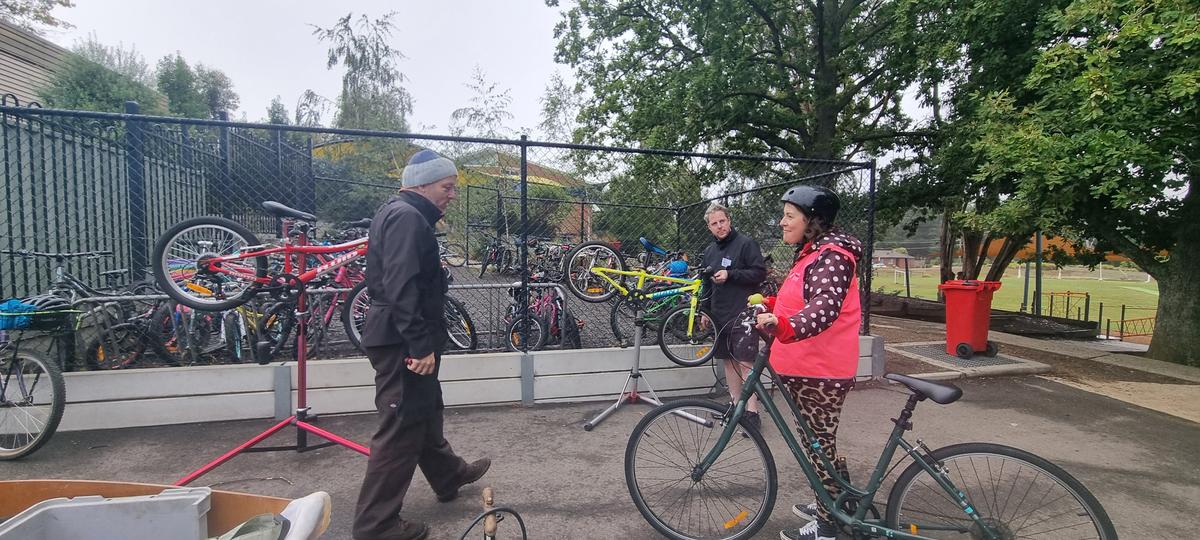
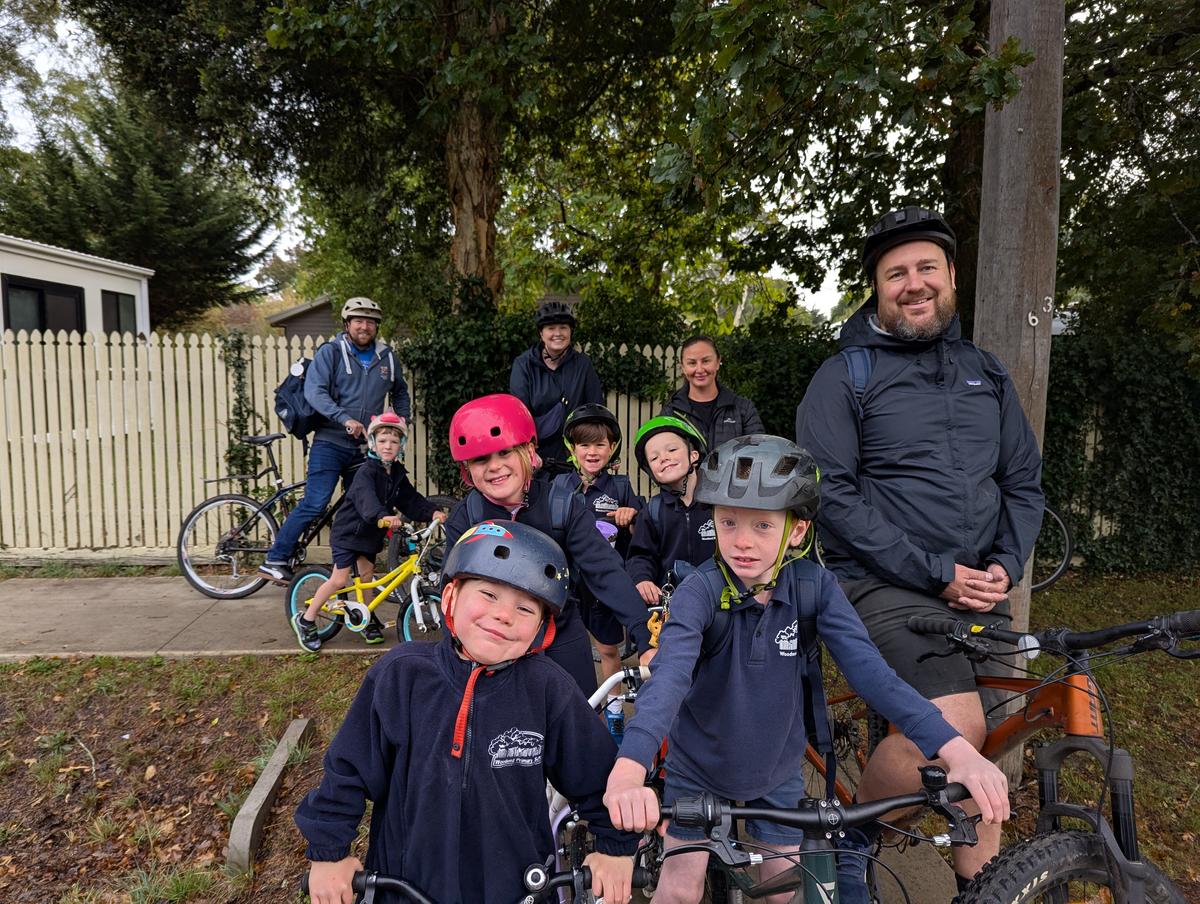
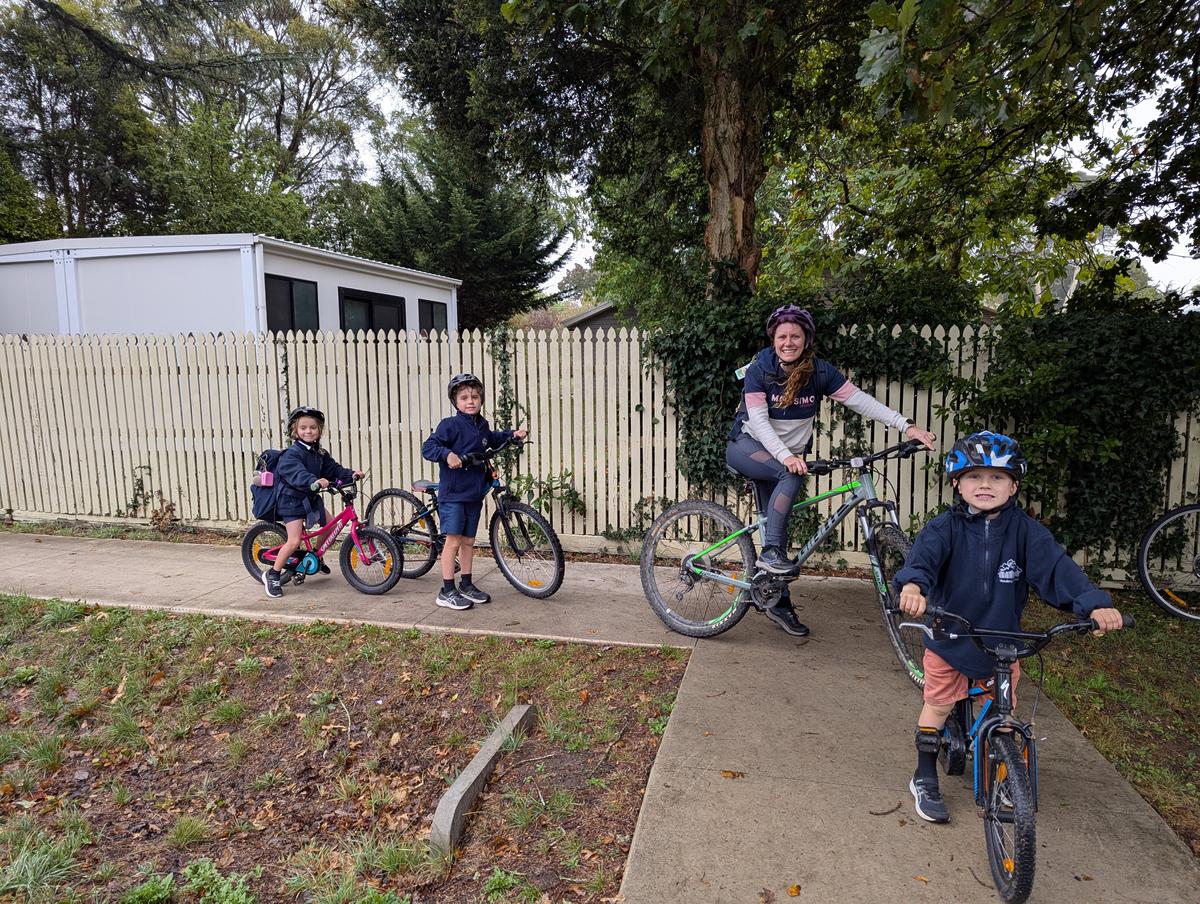
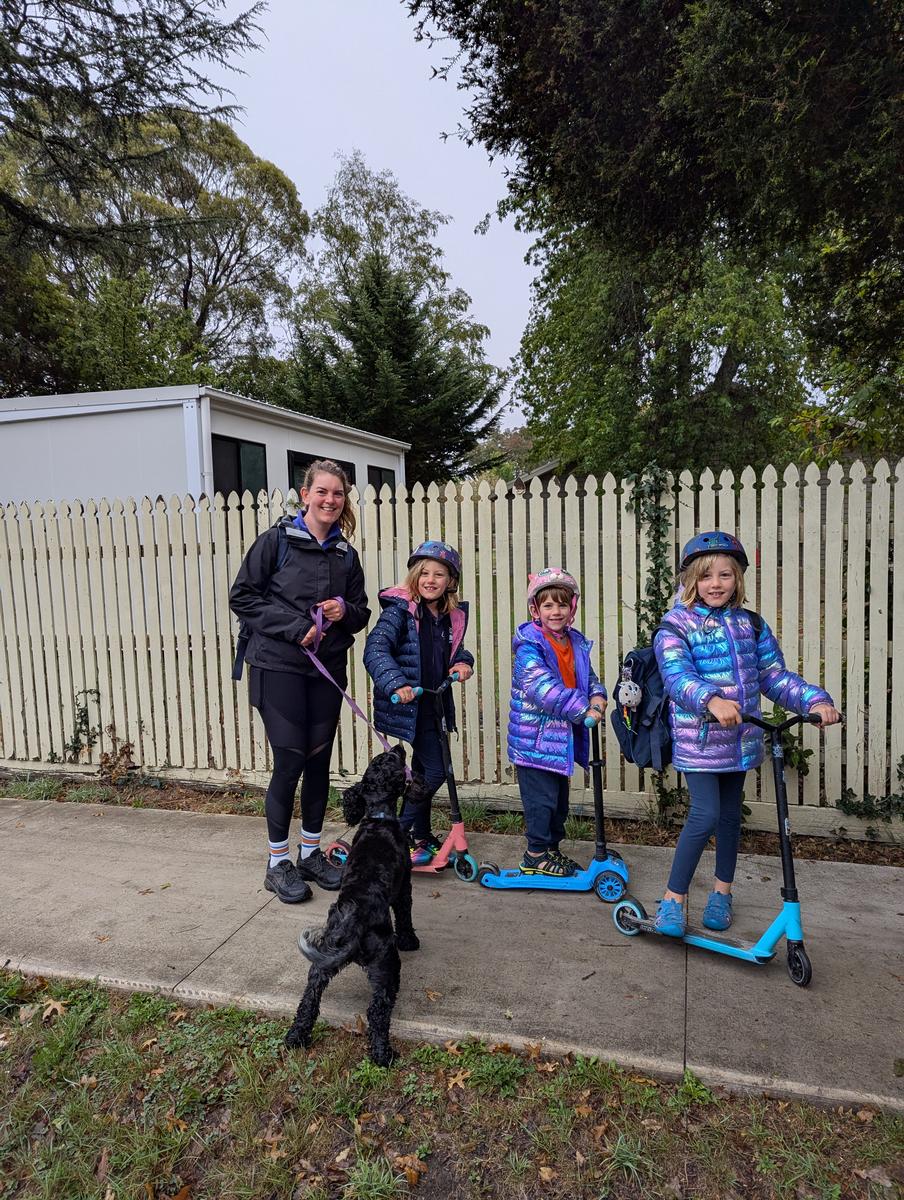
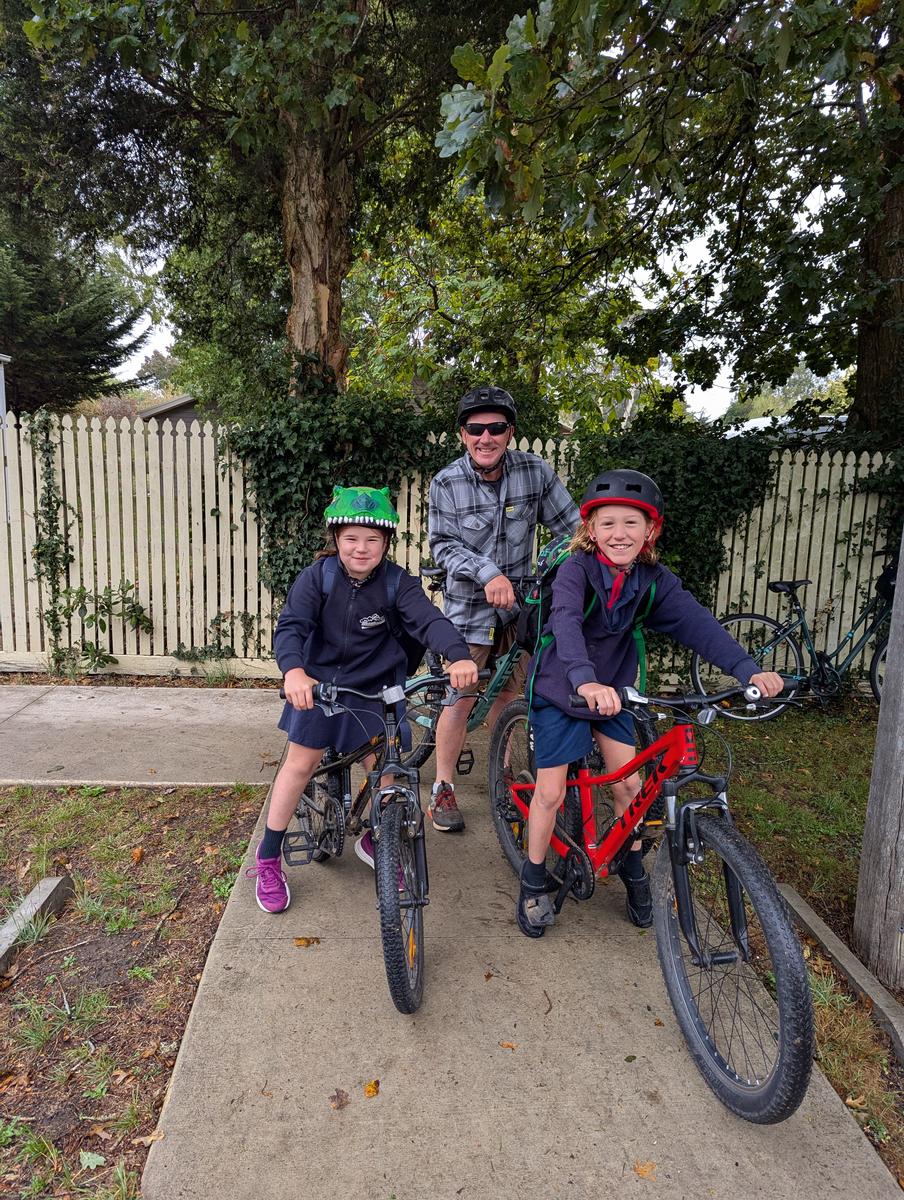


















Around the classrooms
Over the last few weeks there has been a hive of activity both in and out of the classrooms. Our students participated in the following activities.
NAPLAN Year 3-5 students
Year 4 students engaged in a familiarisation walk around Carlsruhe, learning about the history and the culture on the Taungurung Lands.
Year 4-6 athletics carnival at Kyneton Showgrounds.
Year 1-2 Water Safety
Year 6 Student Leadership Conference
Year 5/6 Canberra Camp
Year 4 excursion to Cook’s Cottage
Ride2School
Air Conditioning installation
Each year we are required to undertake regular checks of heating systems in our school as part of our maintenance program. These checks occurred last week and as a result we are planning to replace the majority of heaters with reverse cycle heating/cooling systems.
The installation of replacement systems has been made possible via a Victorian Government energy rebate initiative and the school Building Fund that our generous families have made kind donations to over the last few years. We will be working to gradually upgrade heaters to reverse cycle systems throughout the school over the next few years.
This would not be possible without the support of our families and the voluntary contributions and donations that you have made to the school. We hope these upgrades will help to provide more comfortable classroom environments for all of our students during the varying weather conditions we experience in Woodend.
Diana Ellis